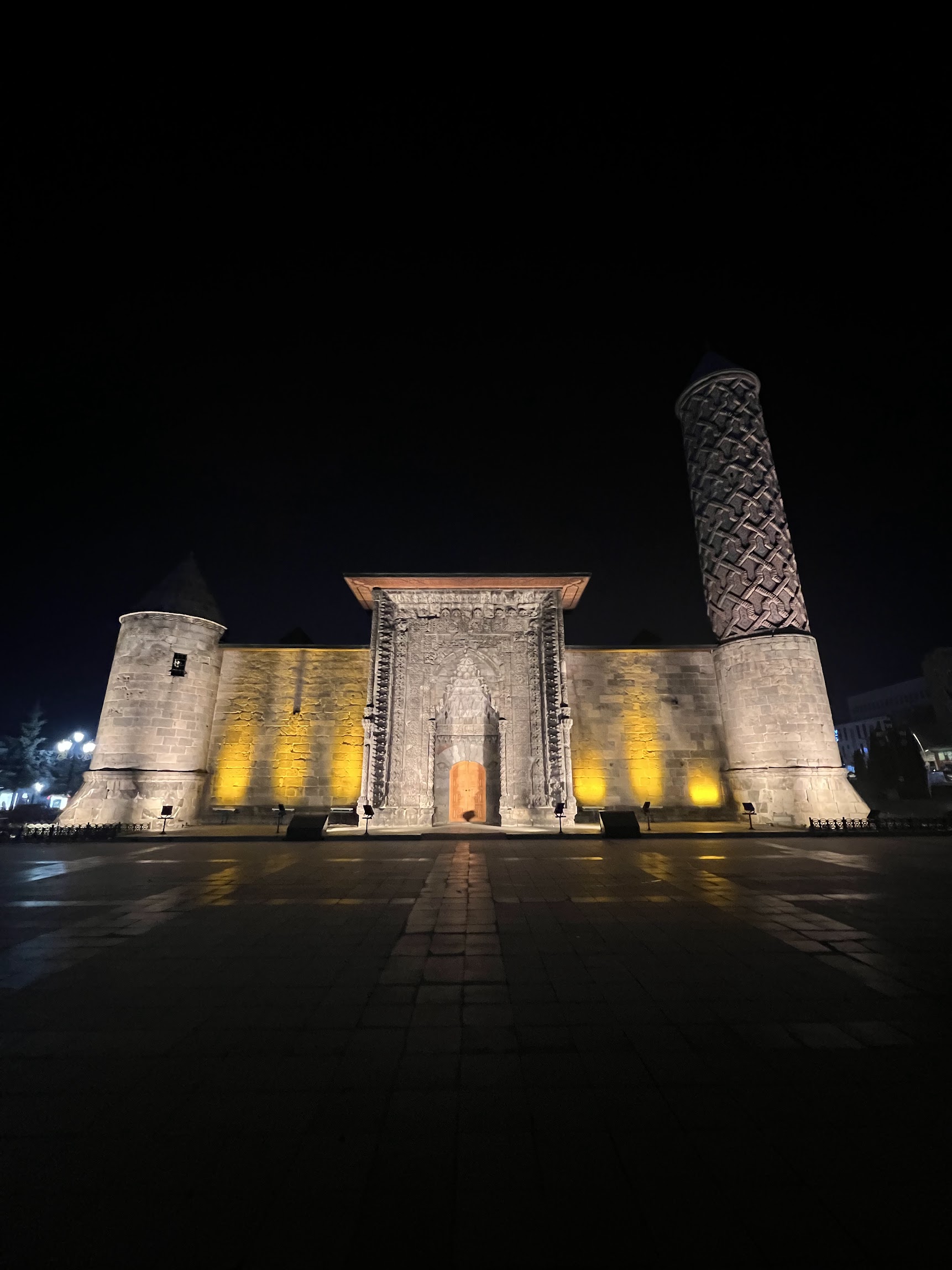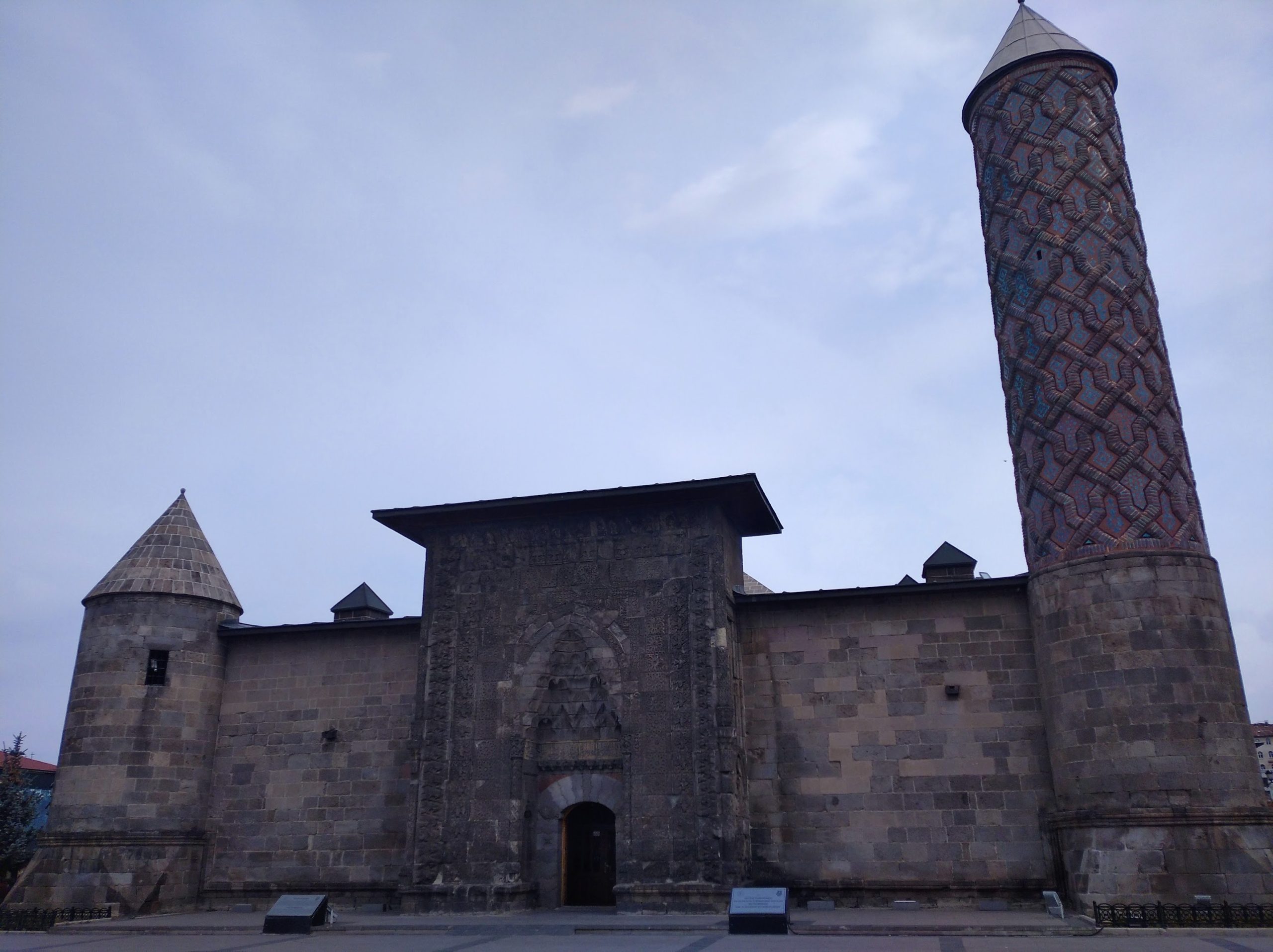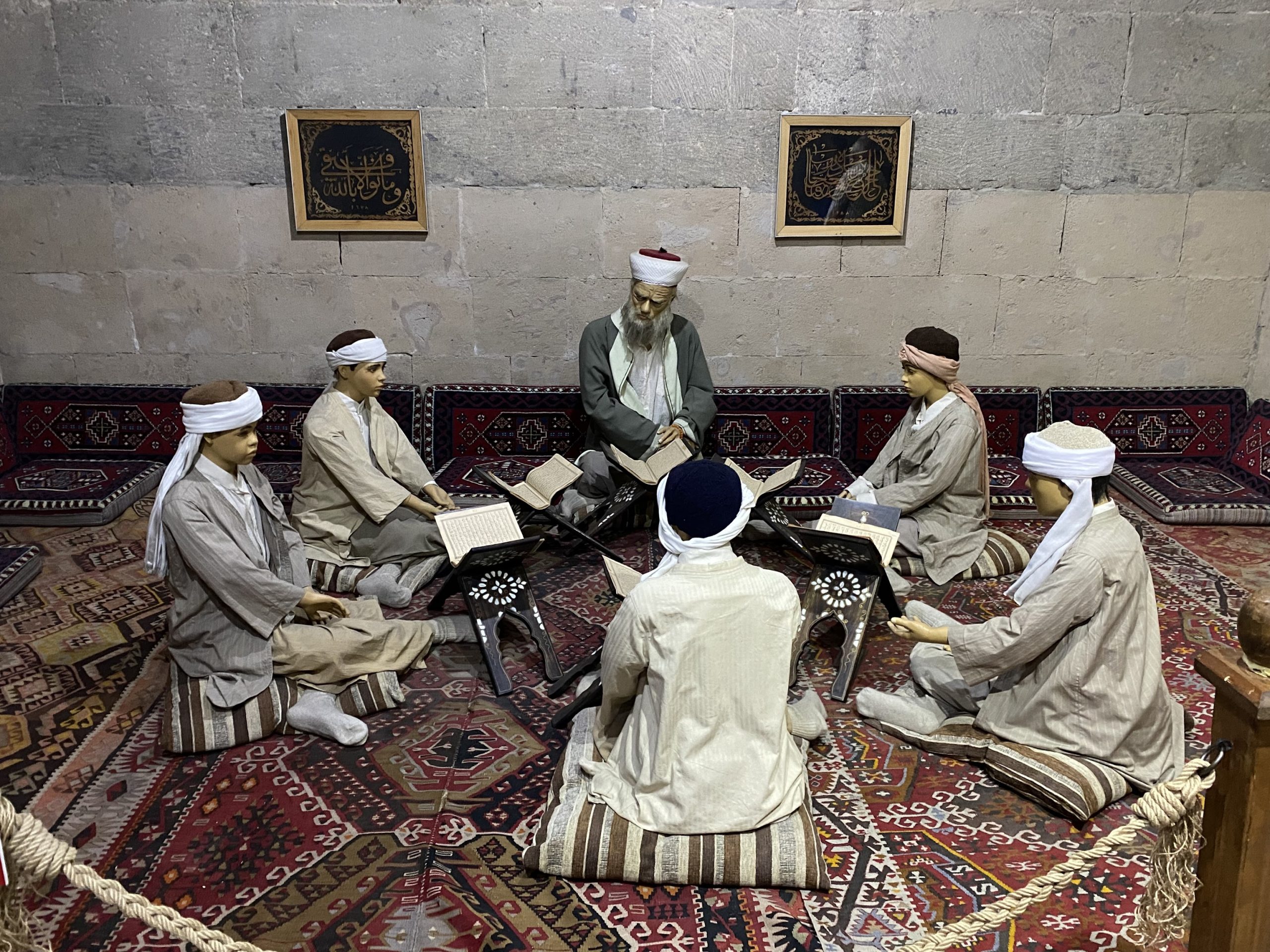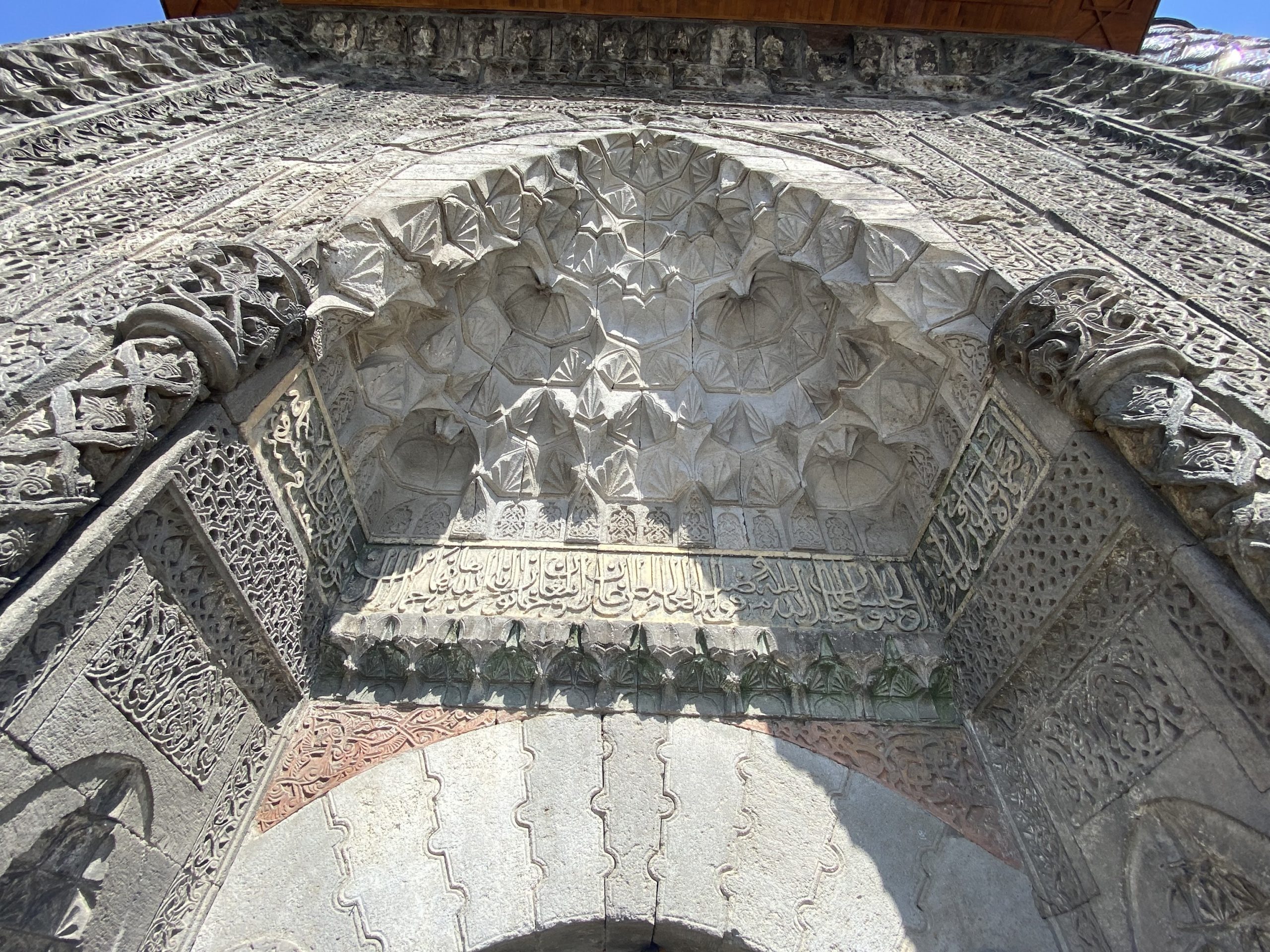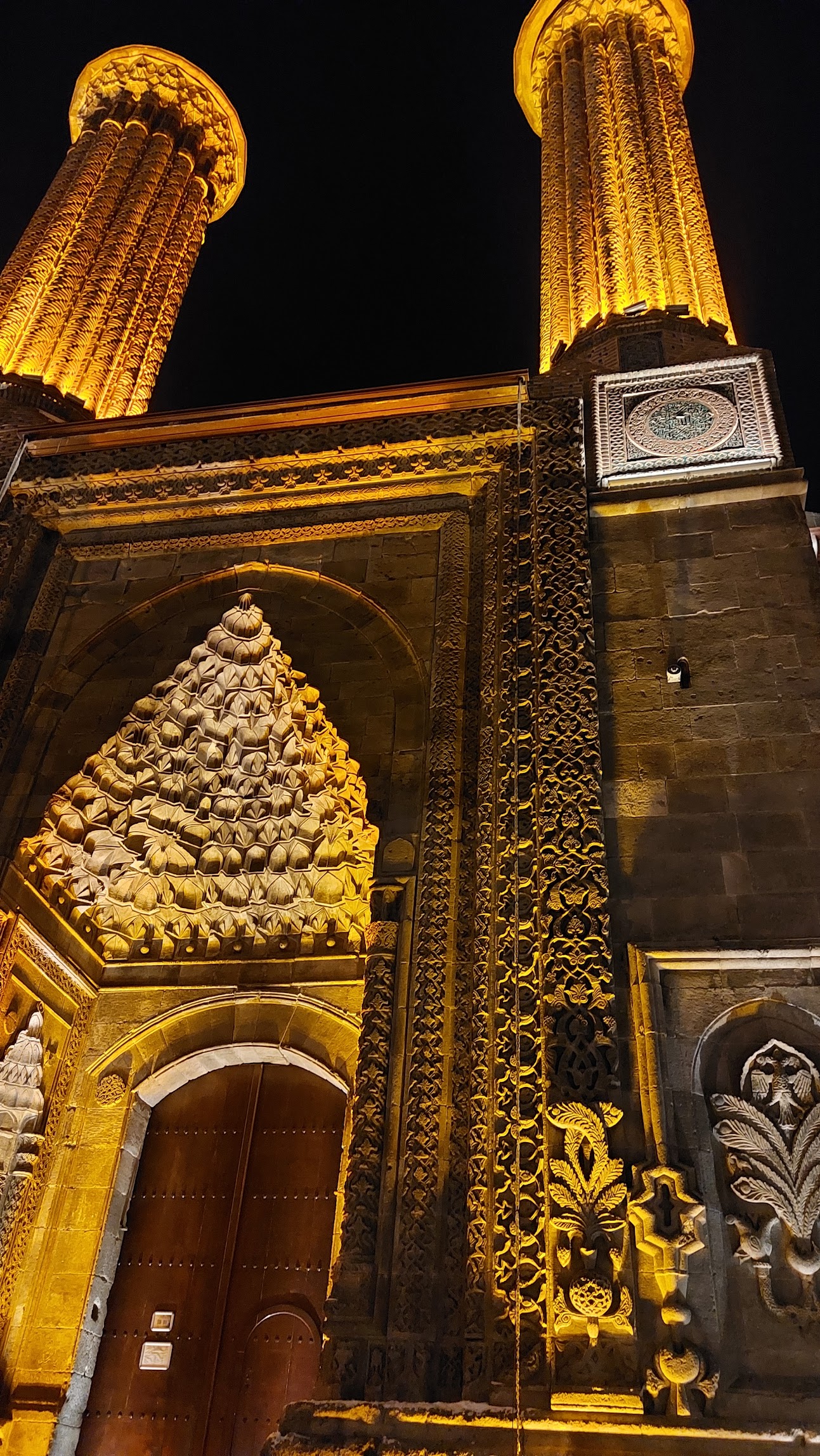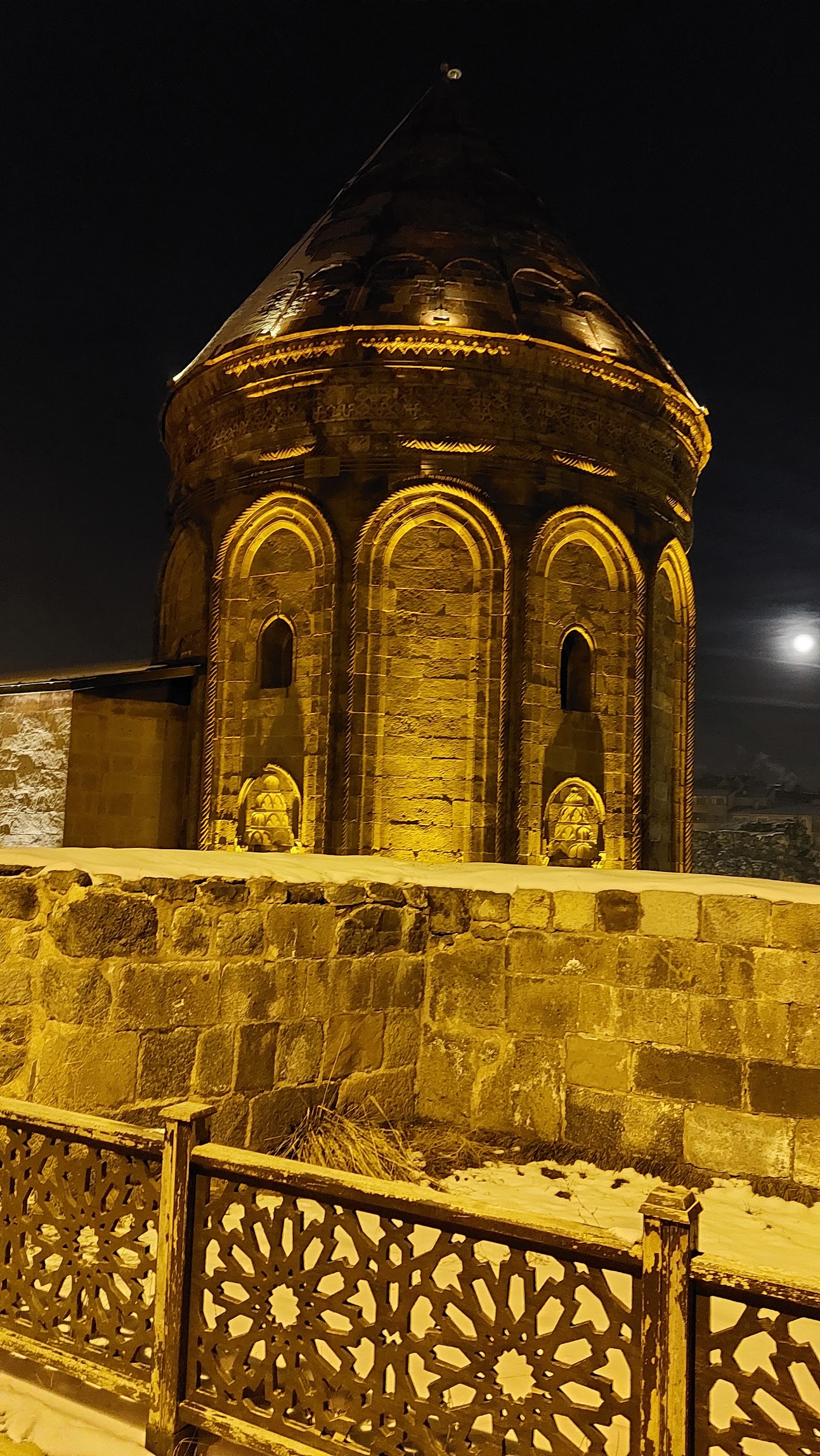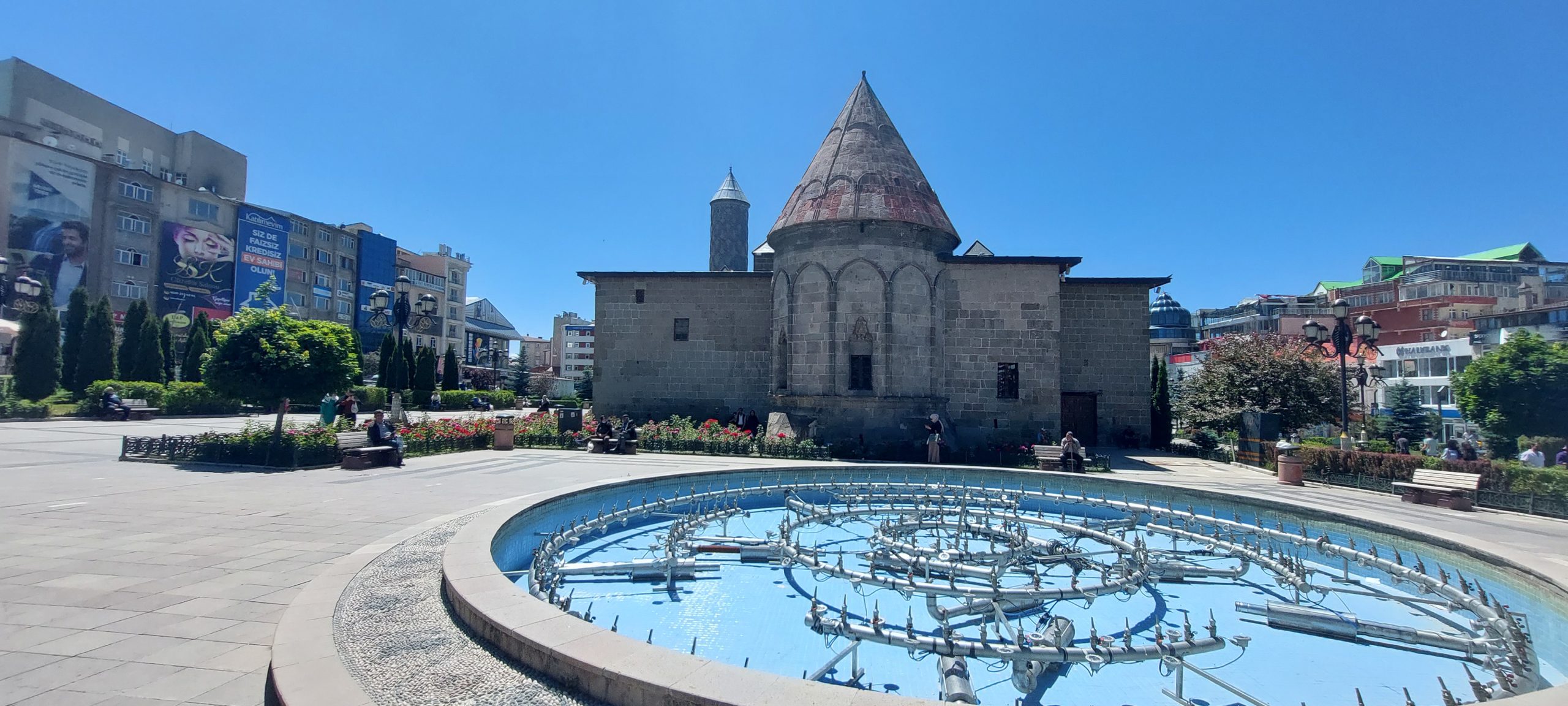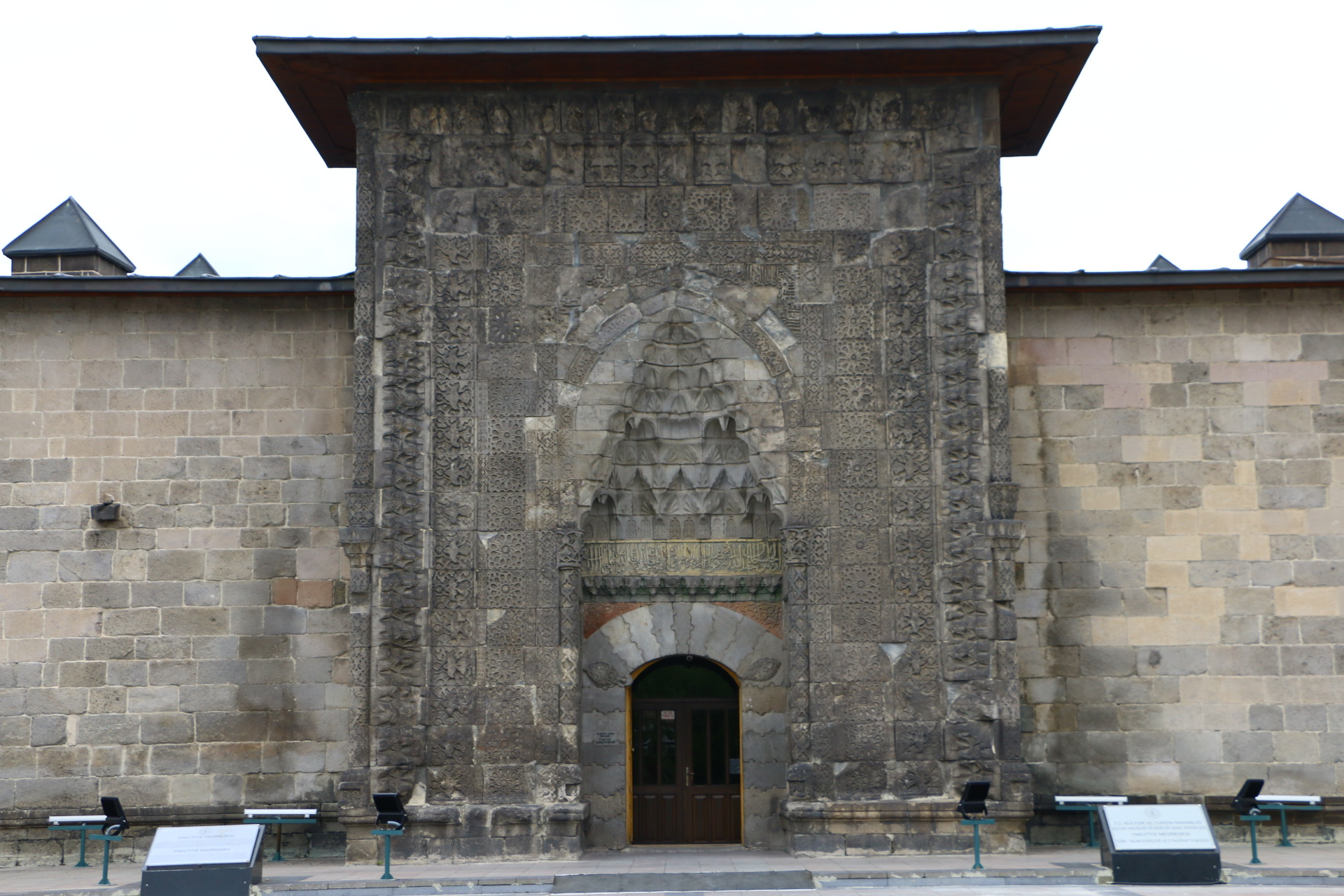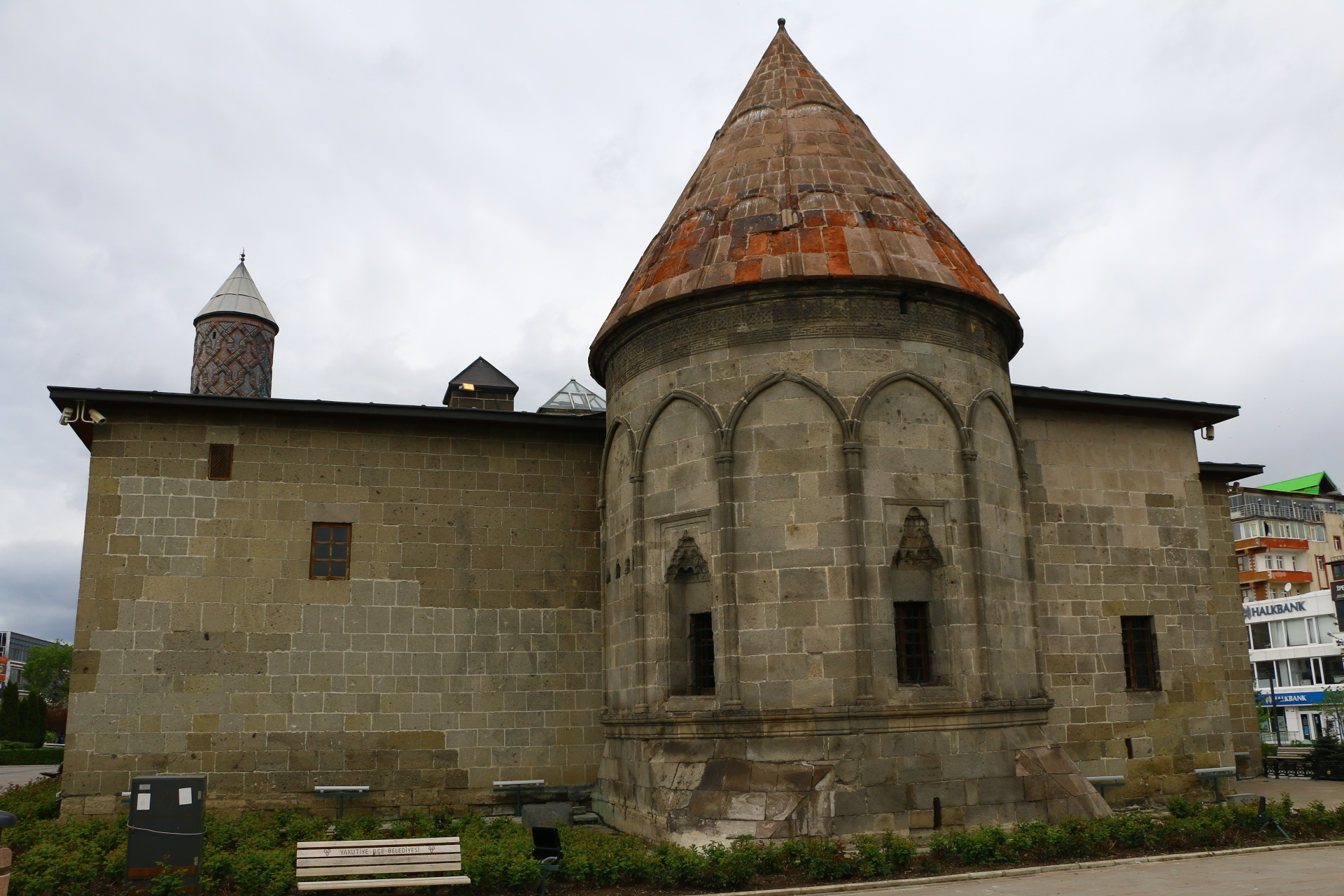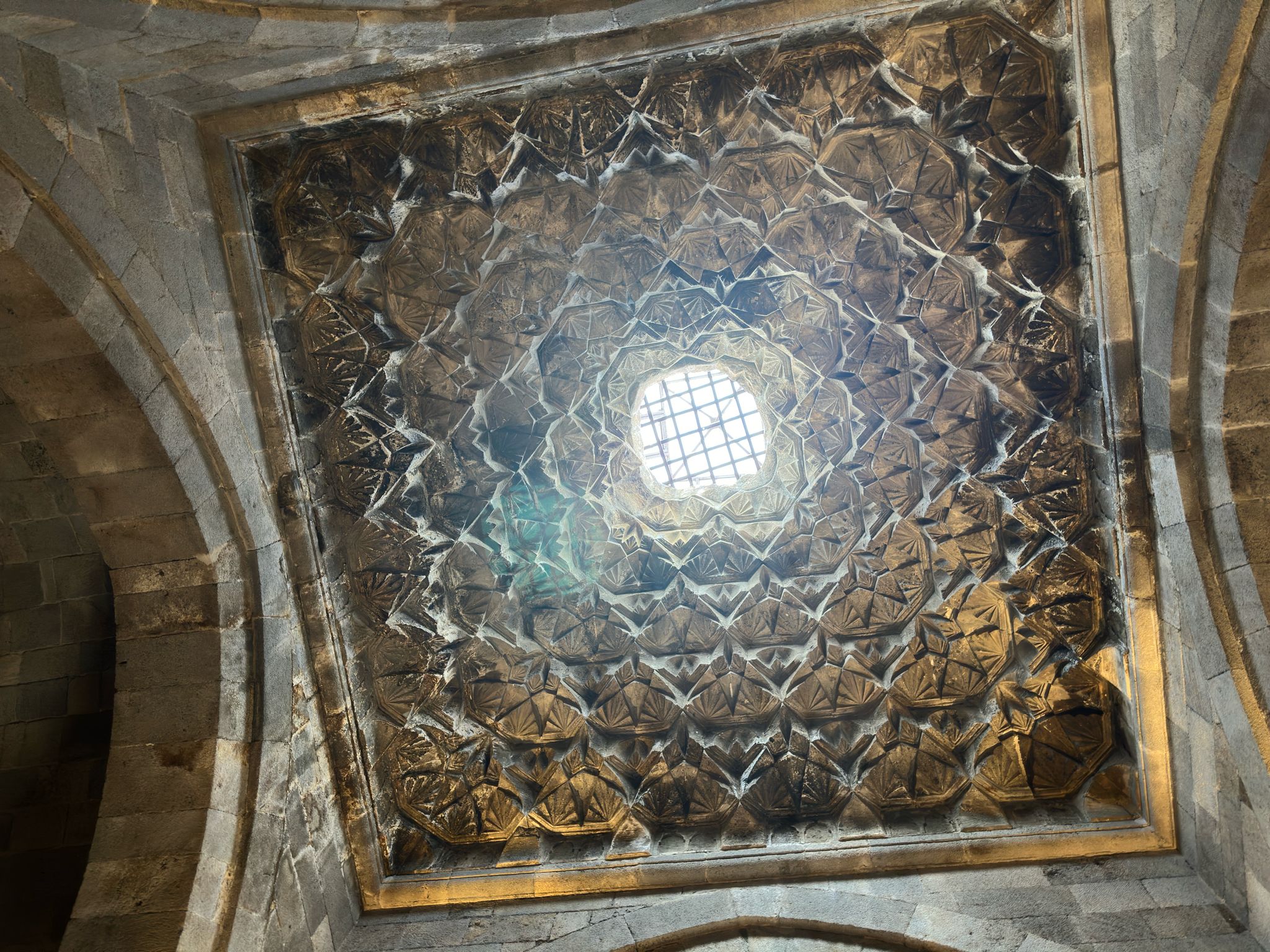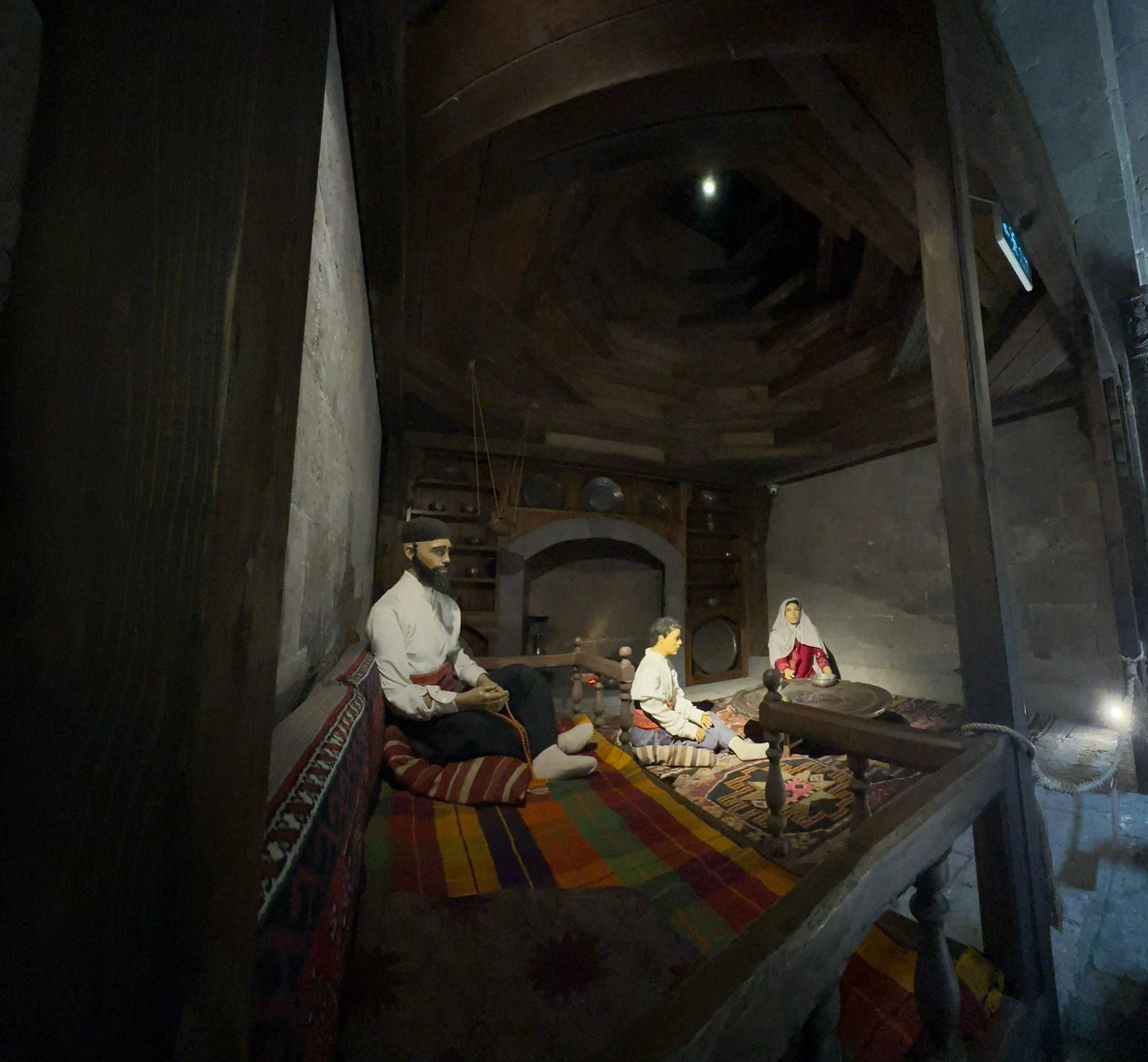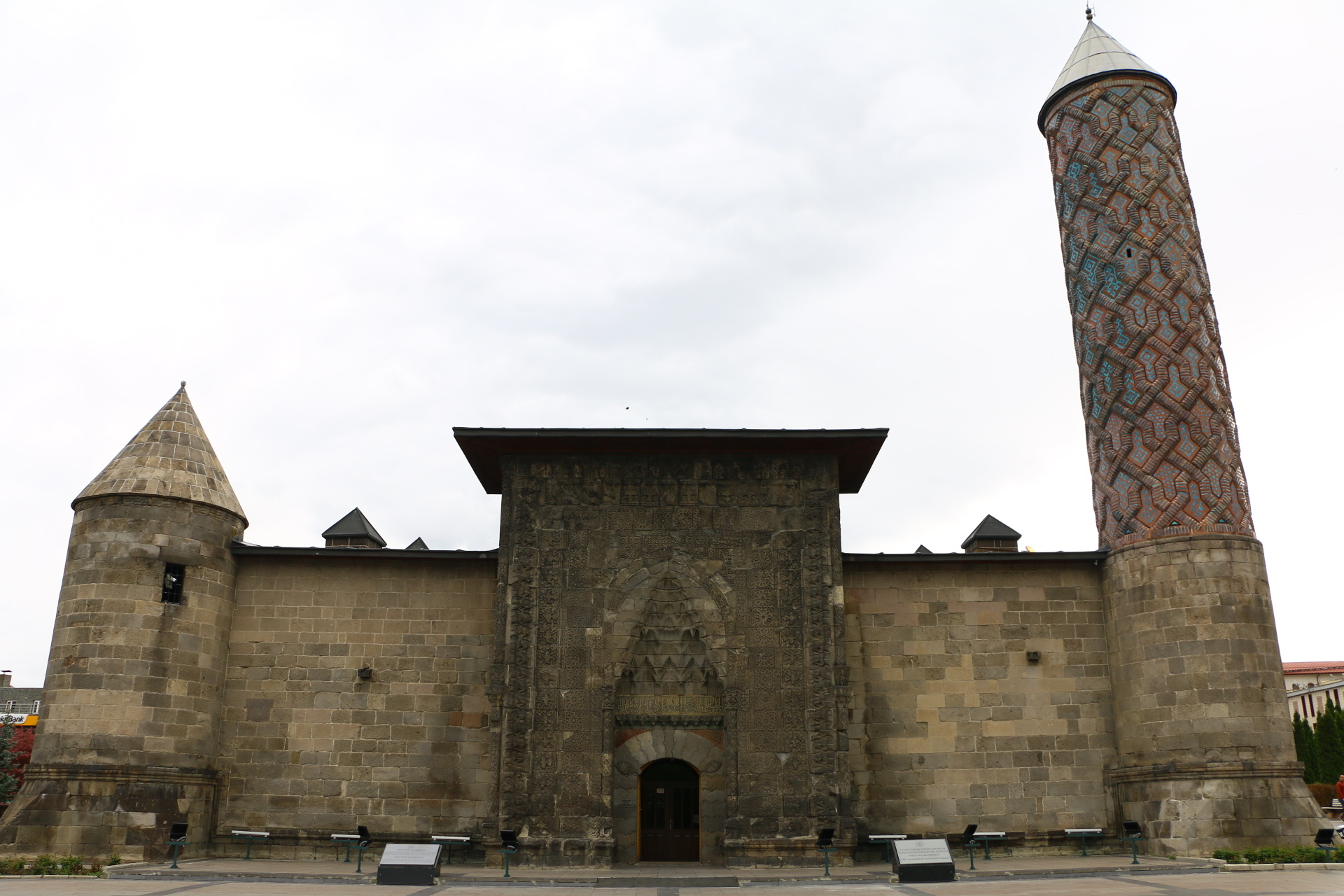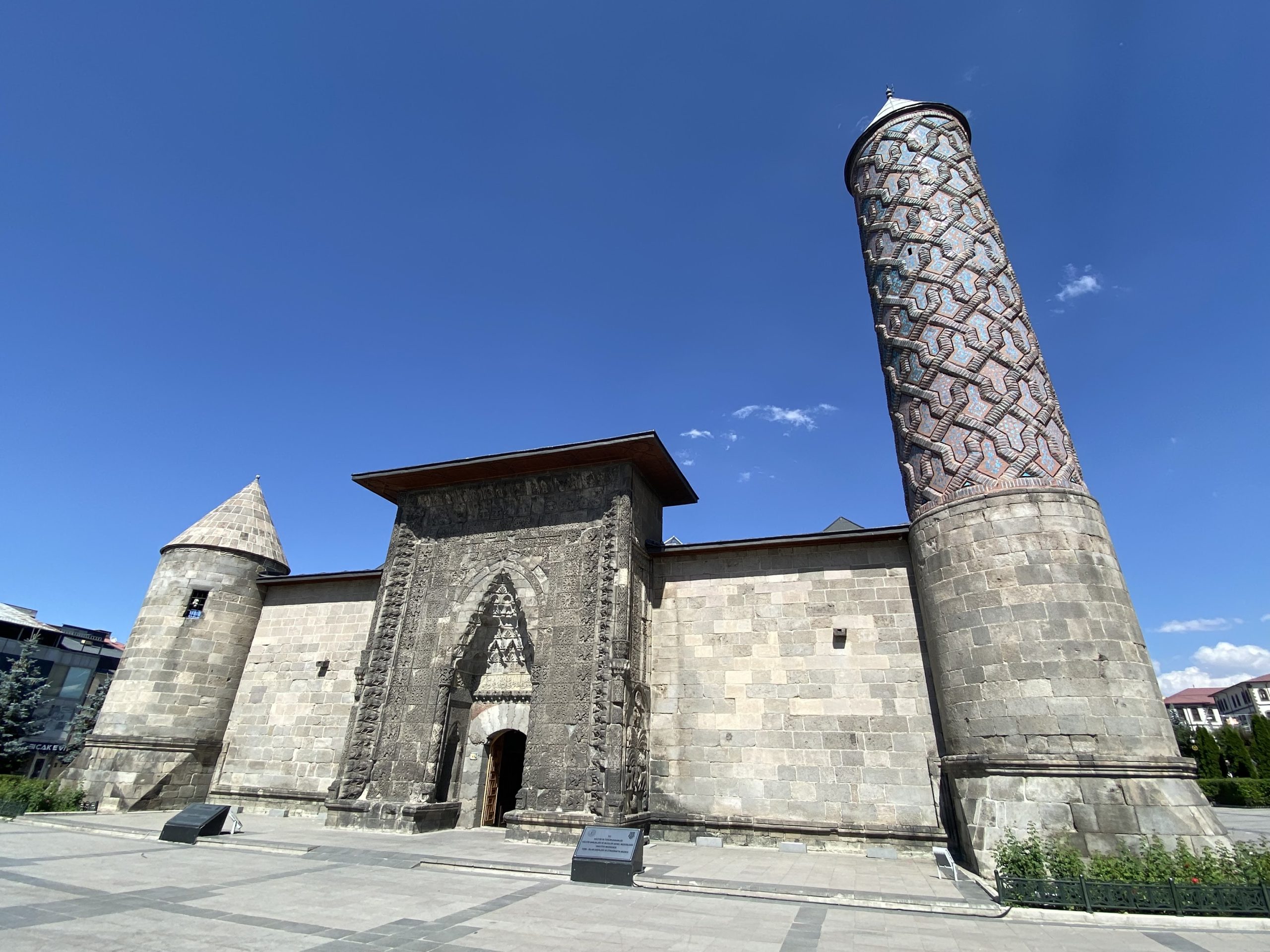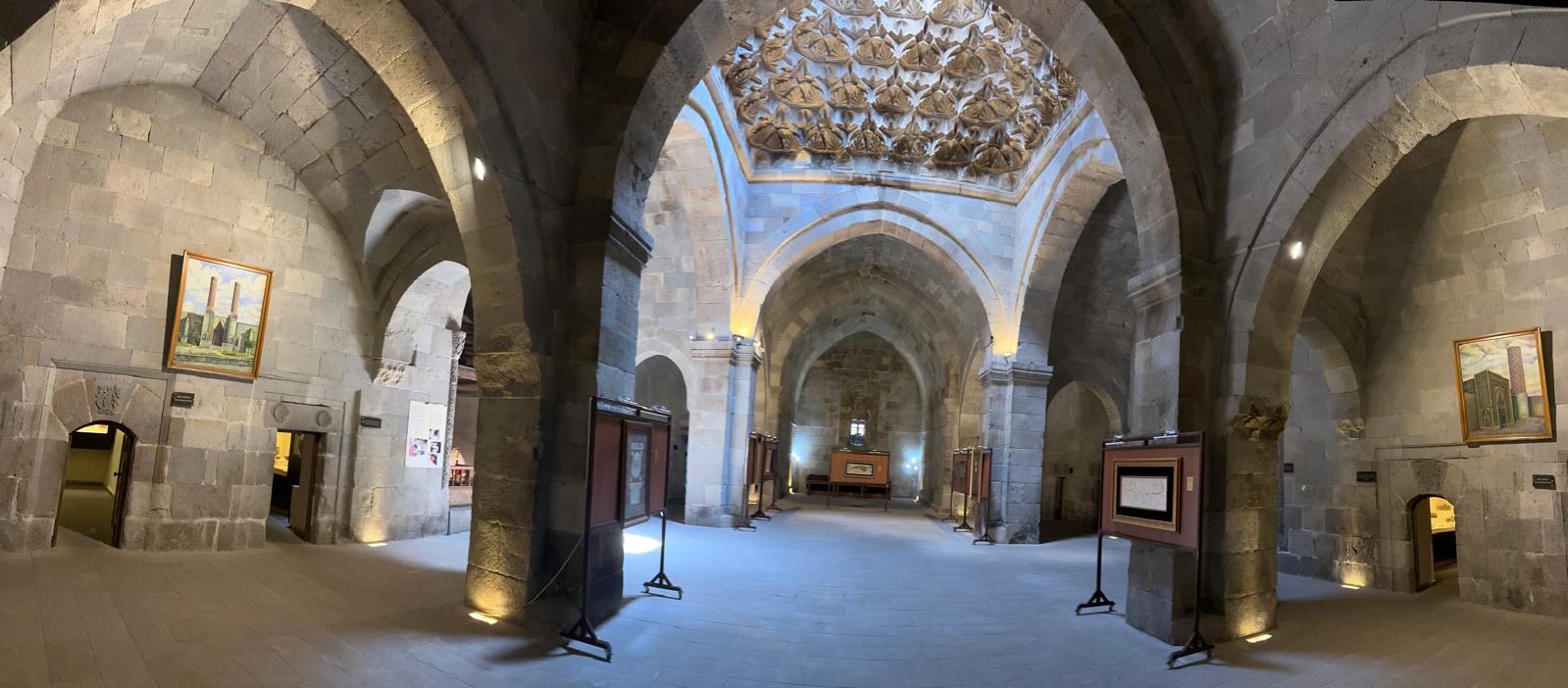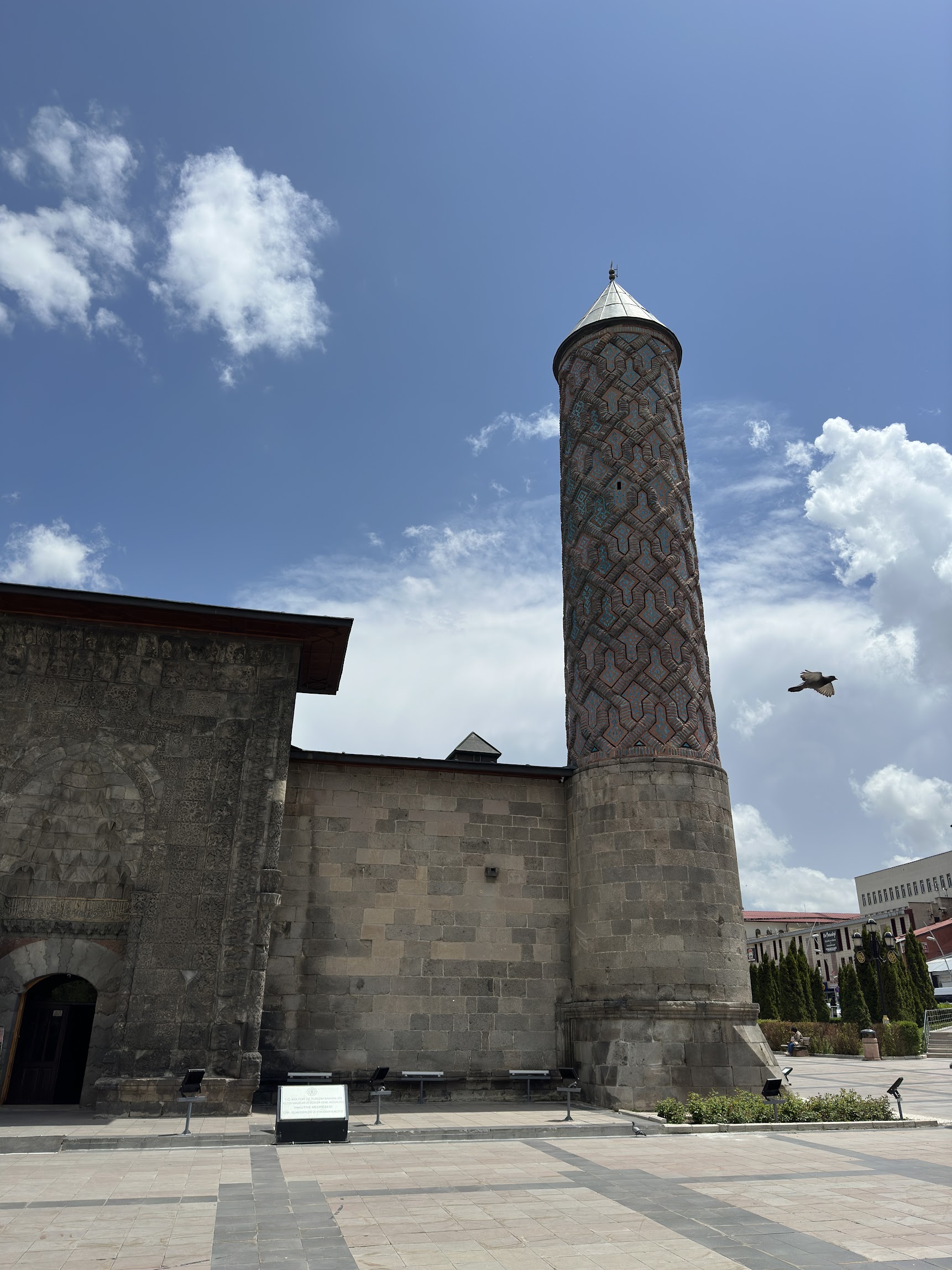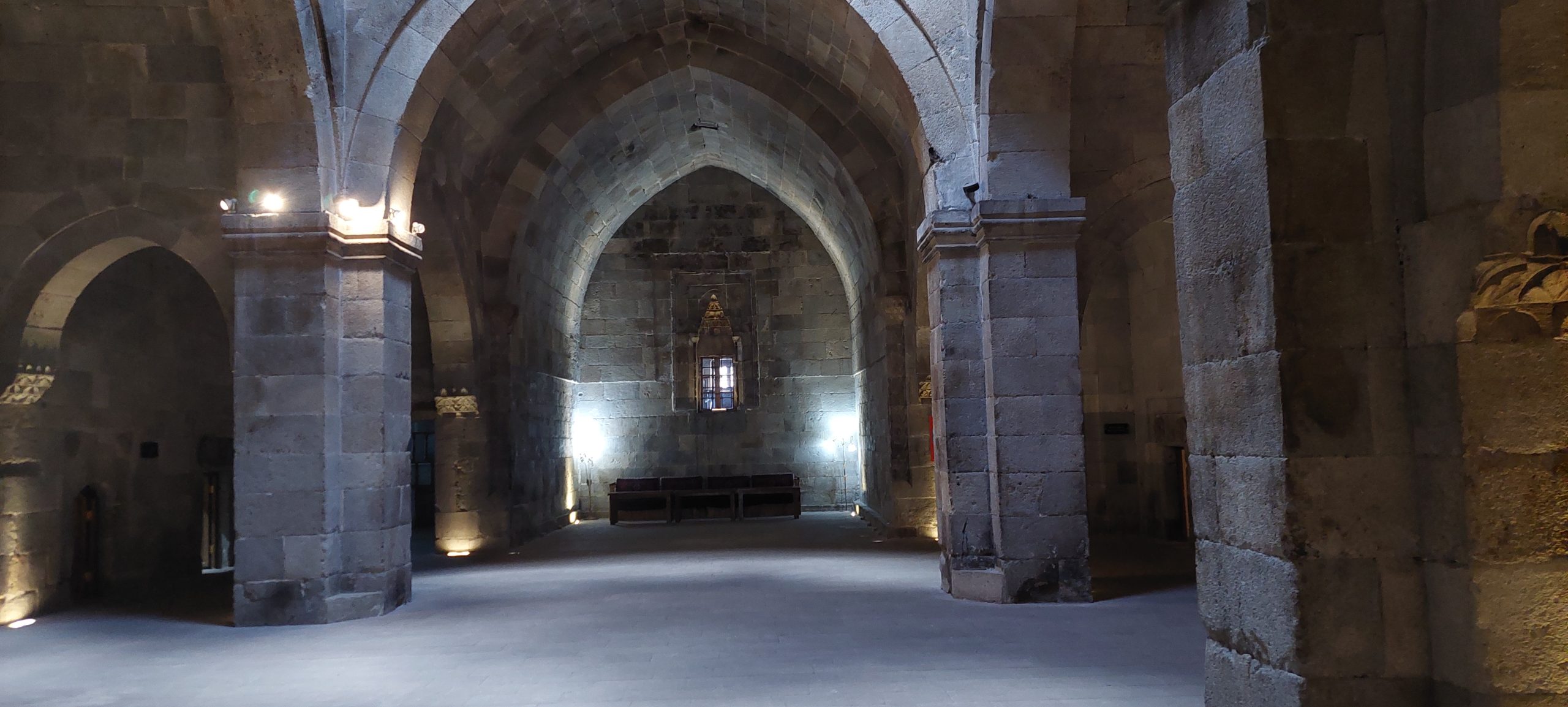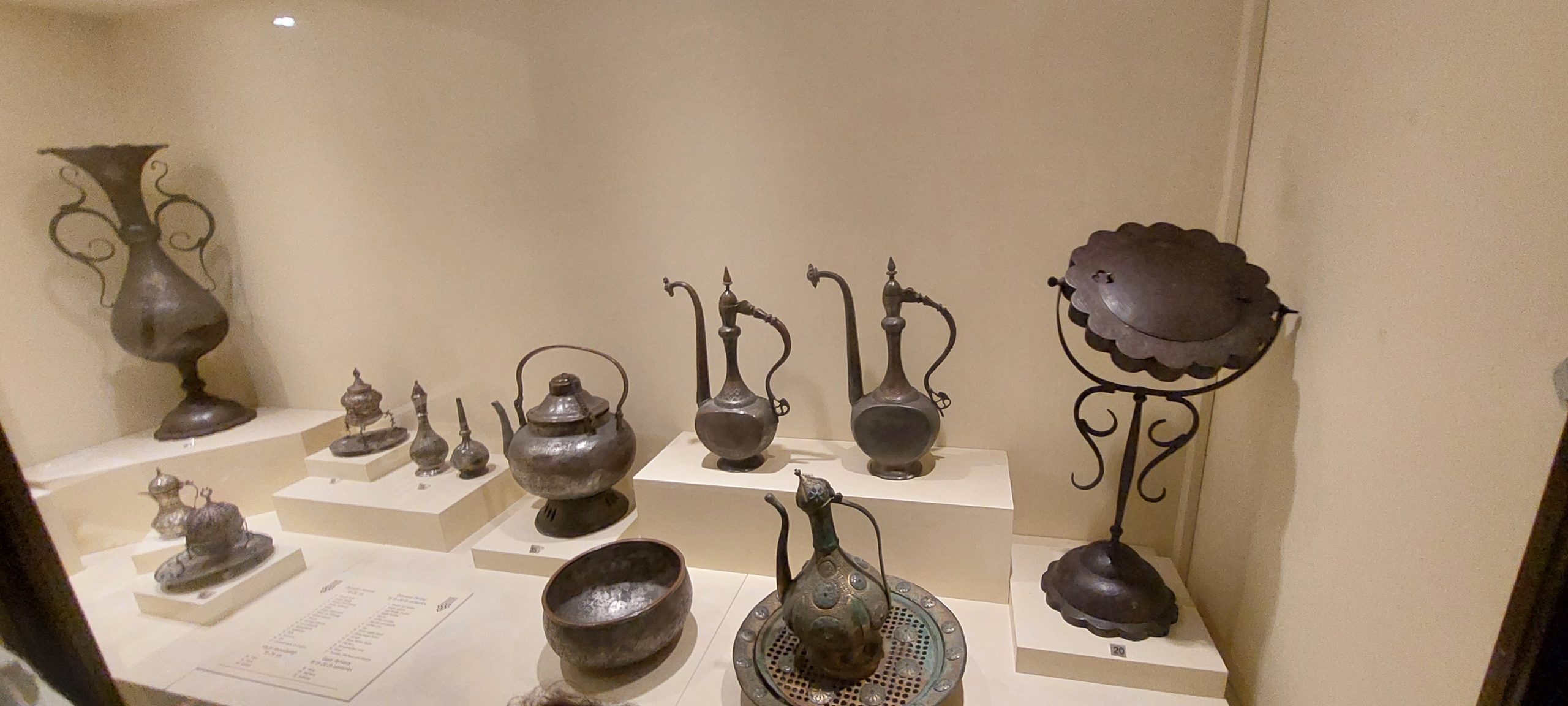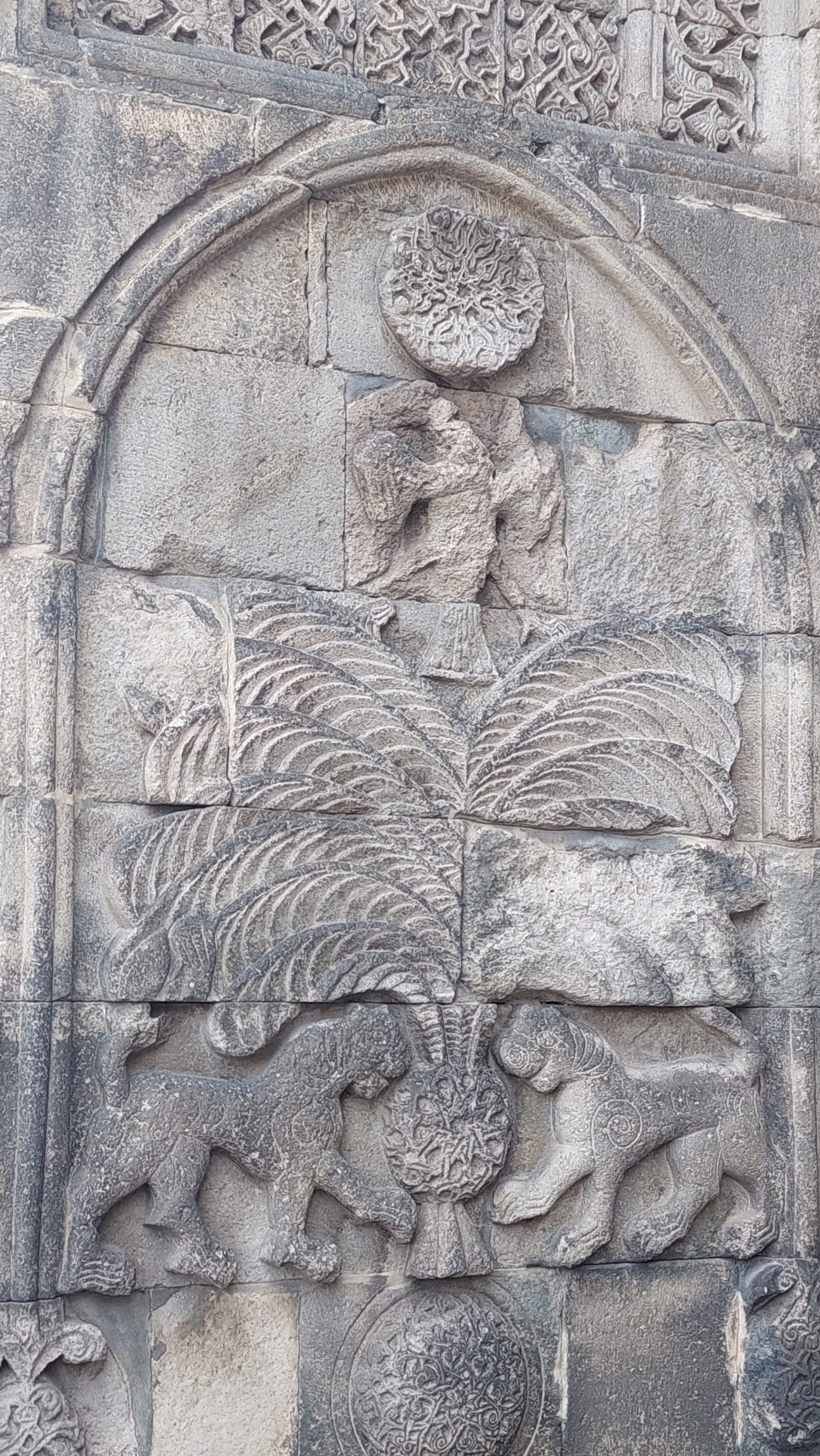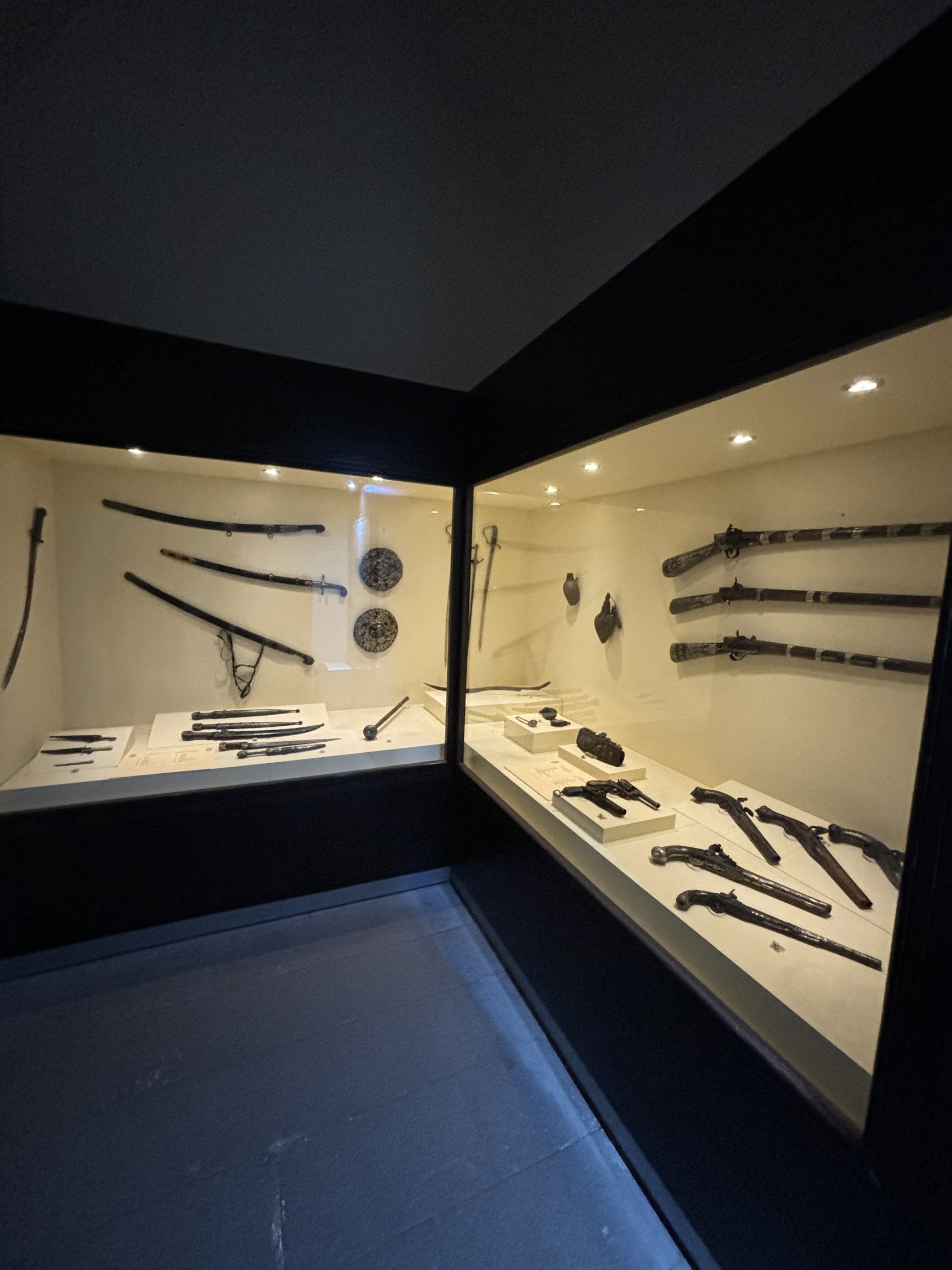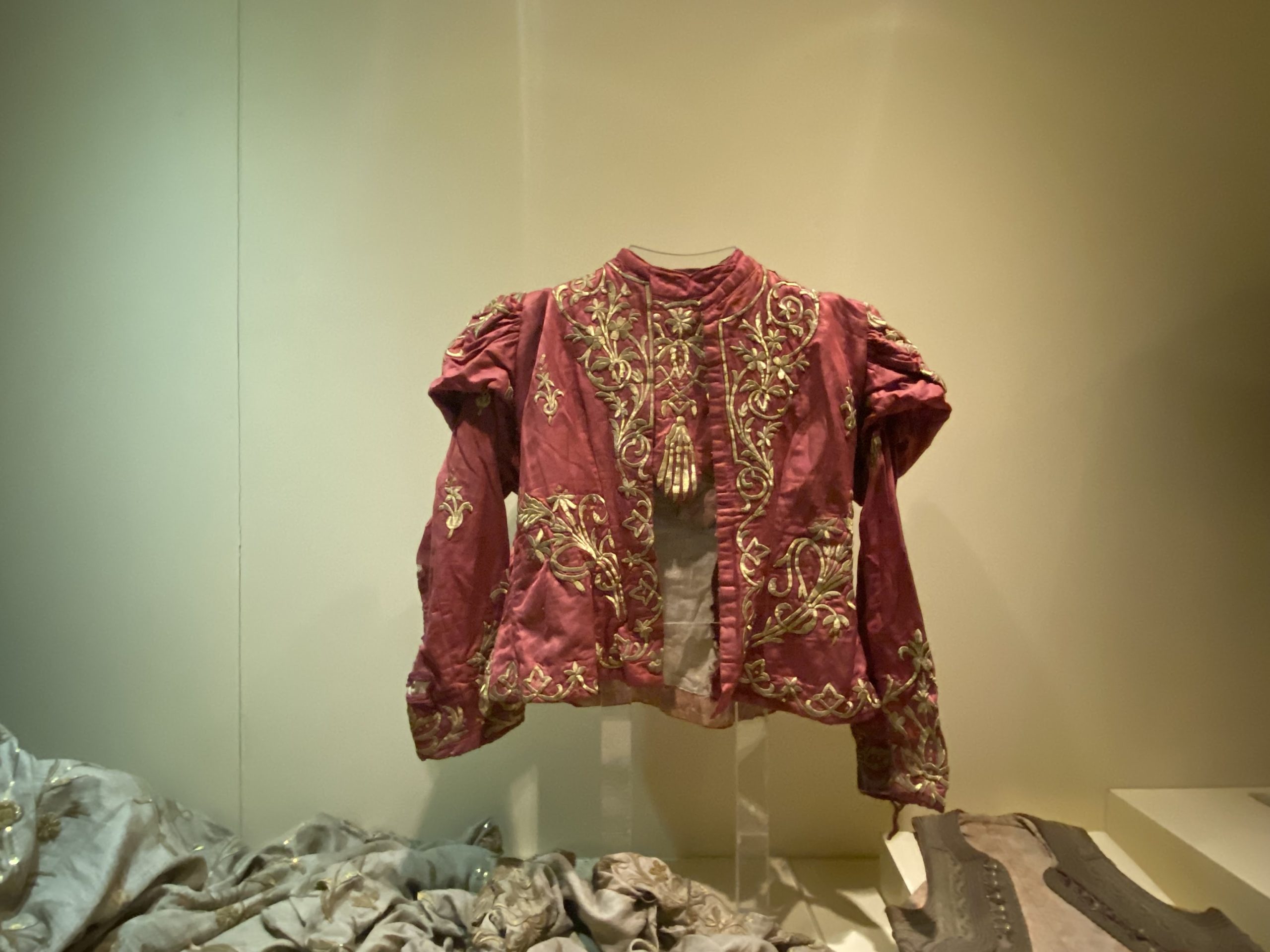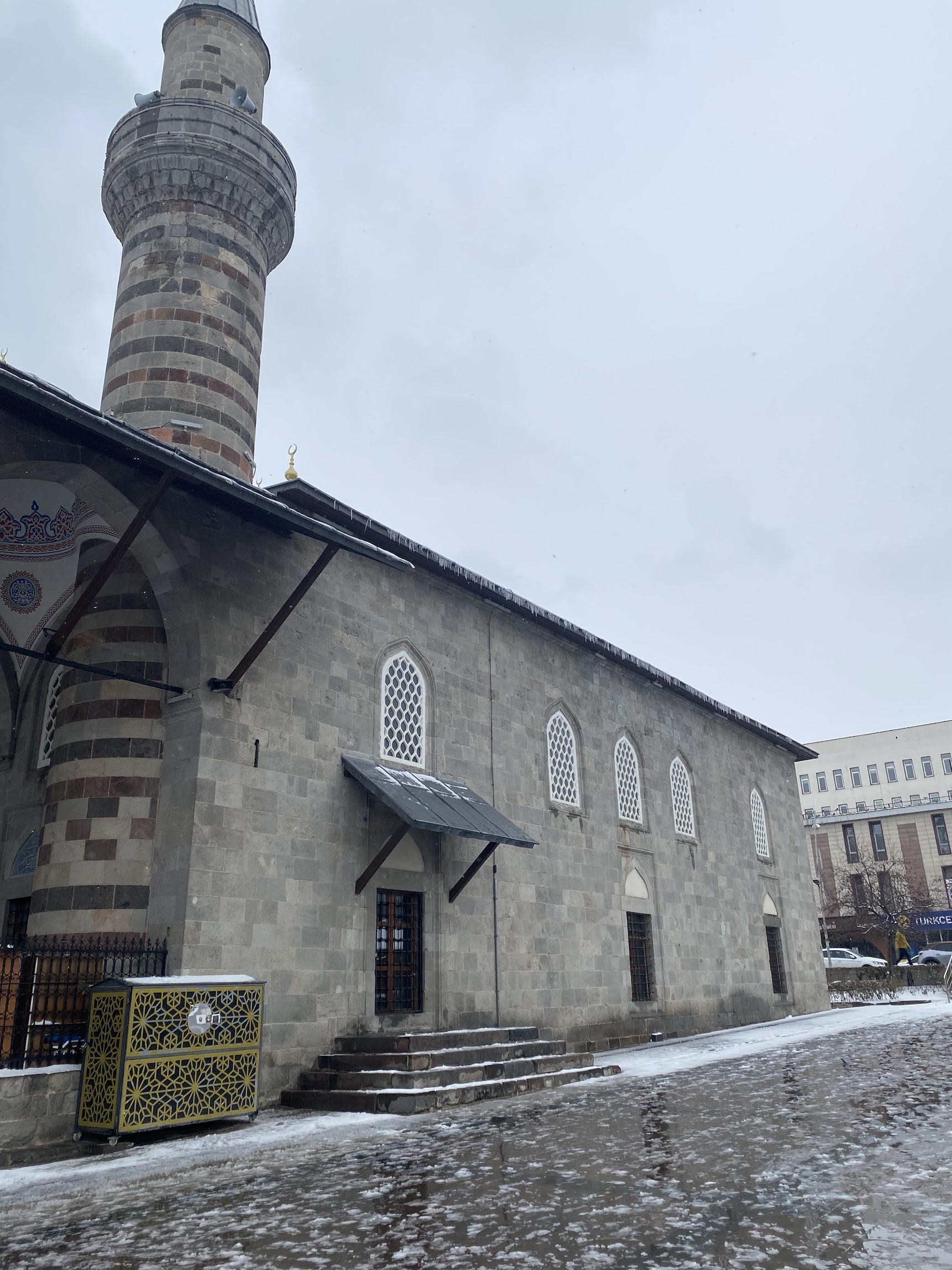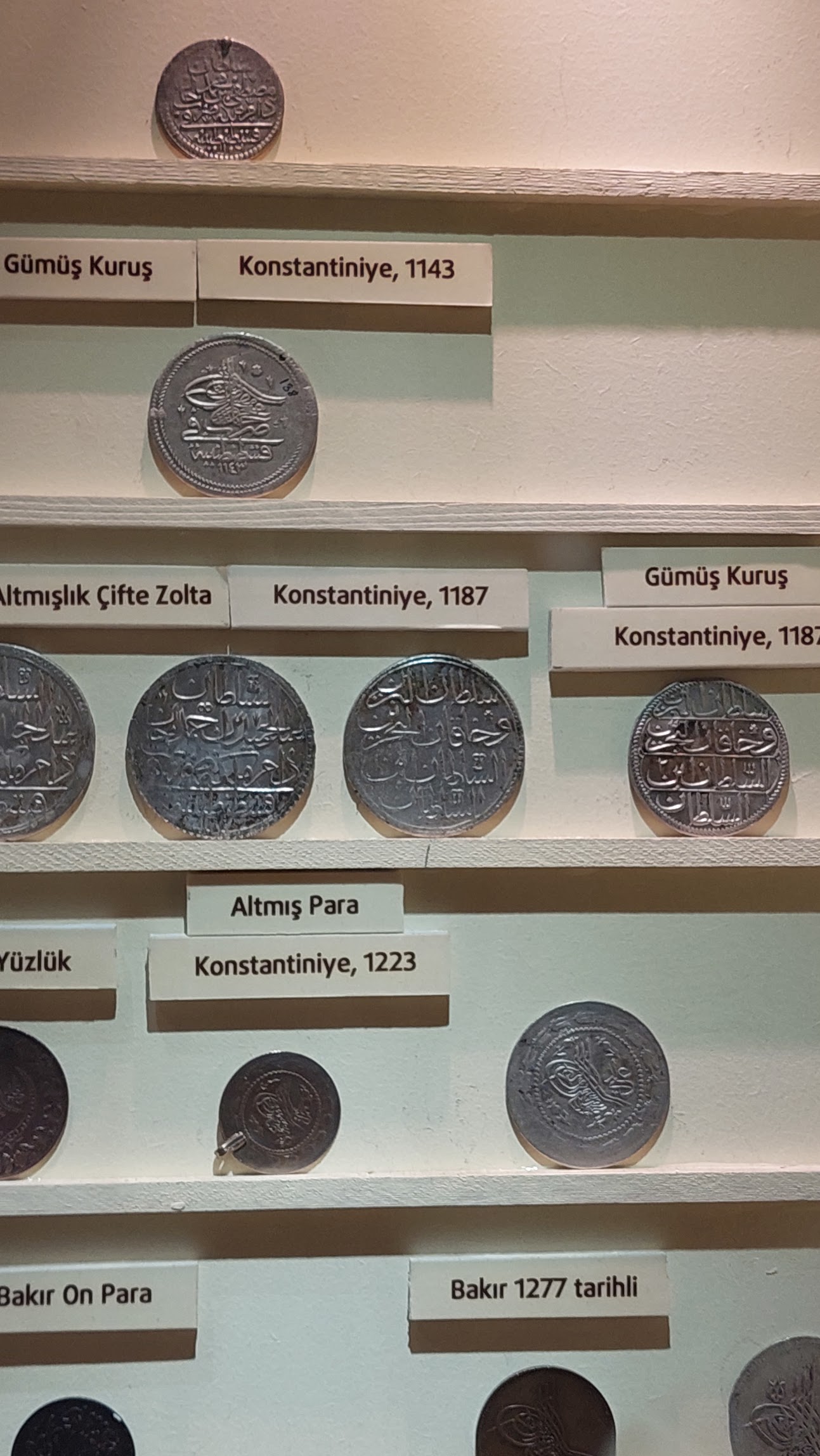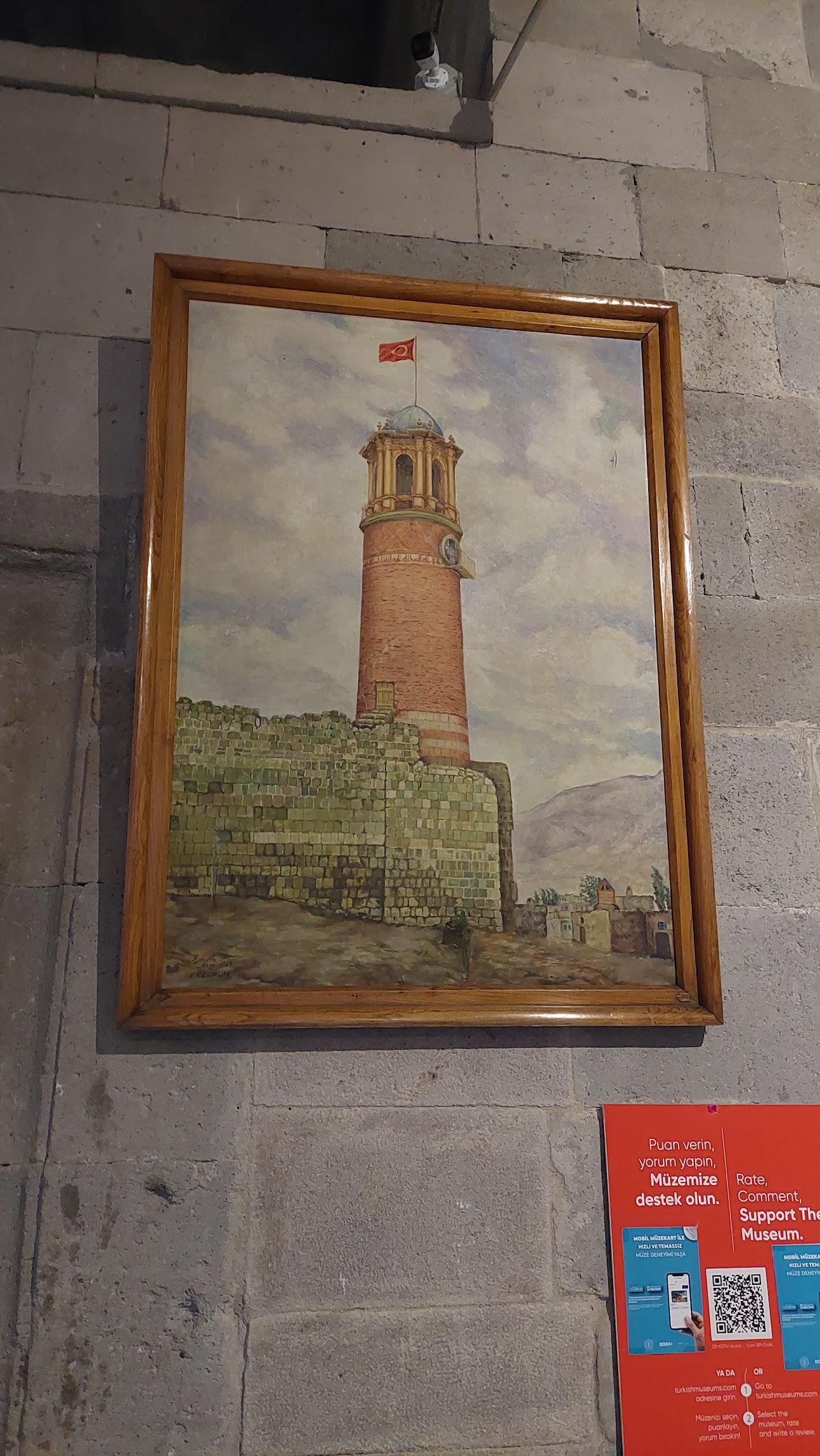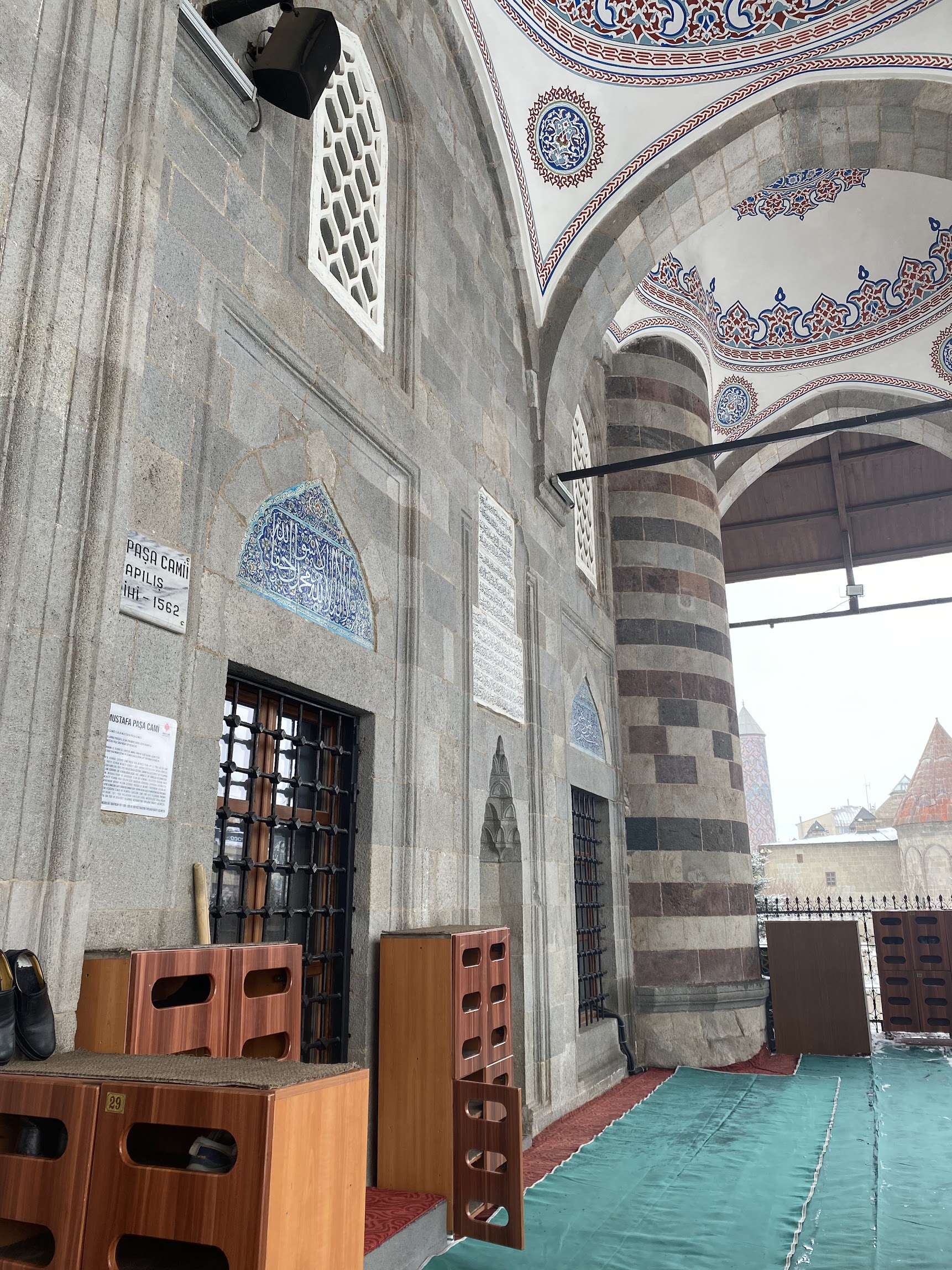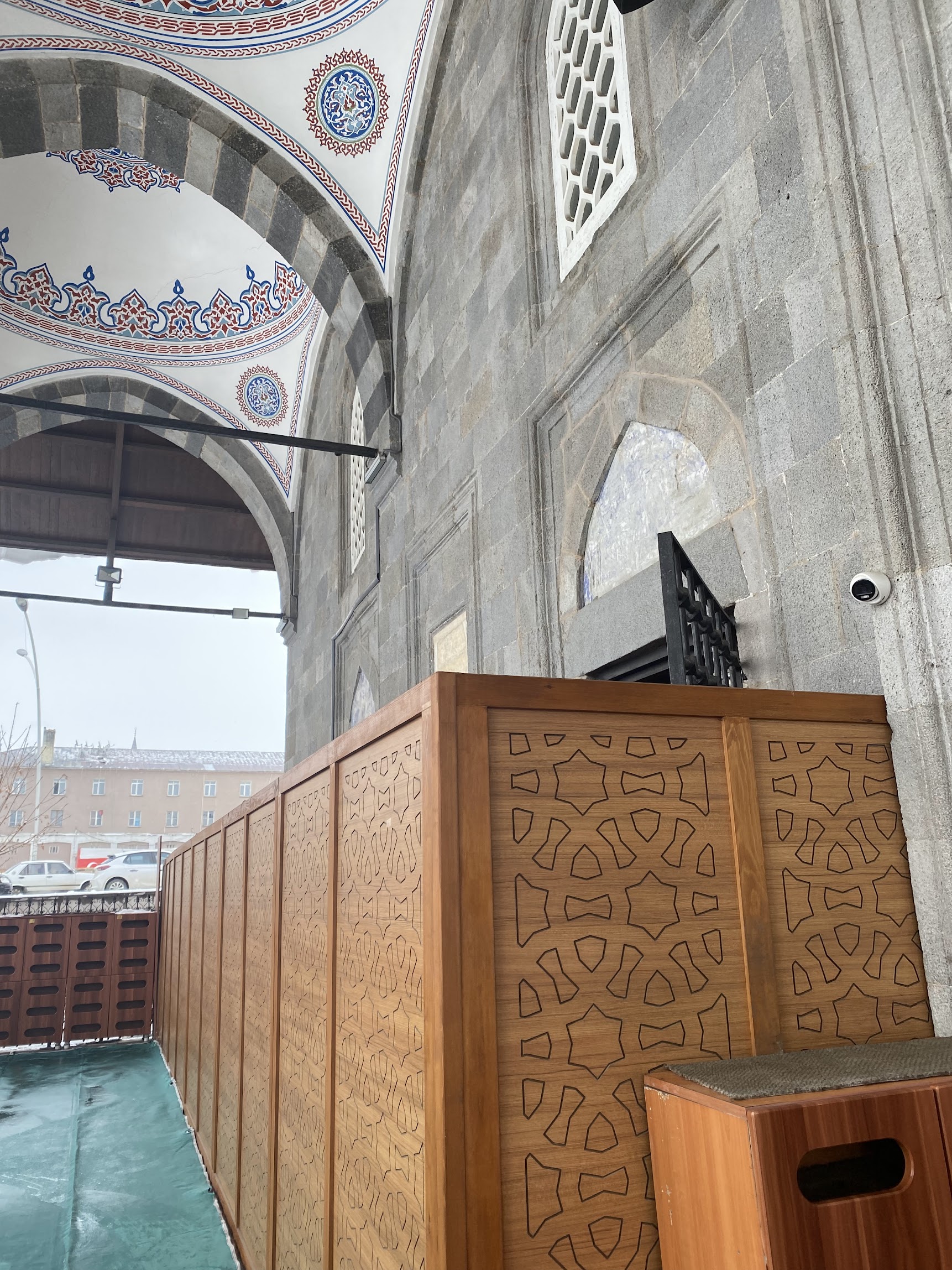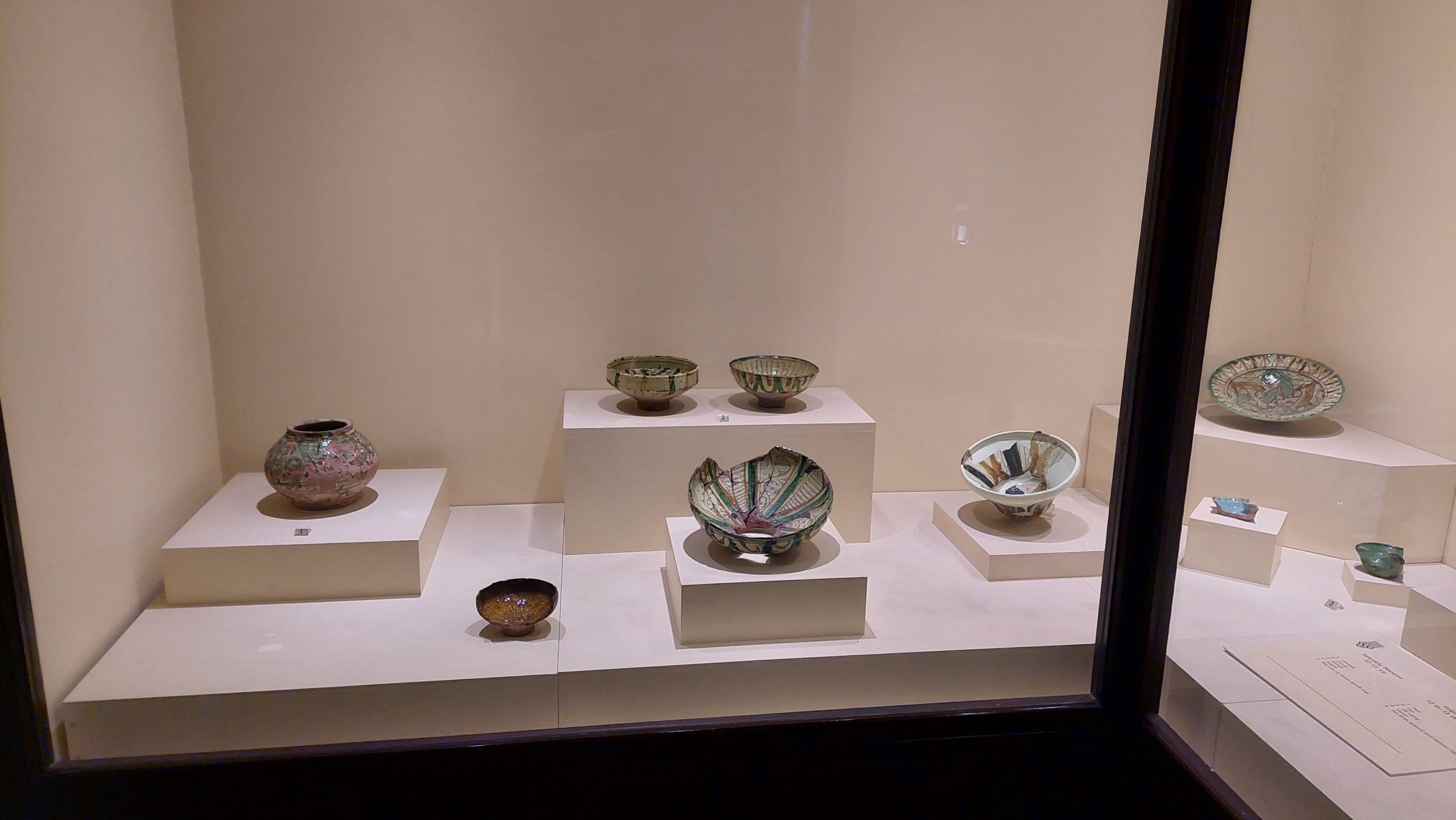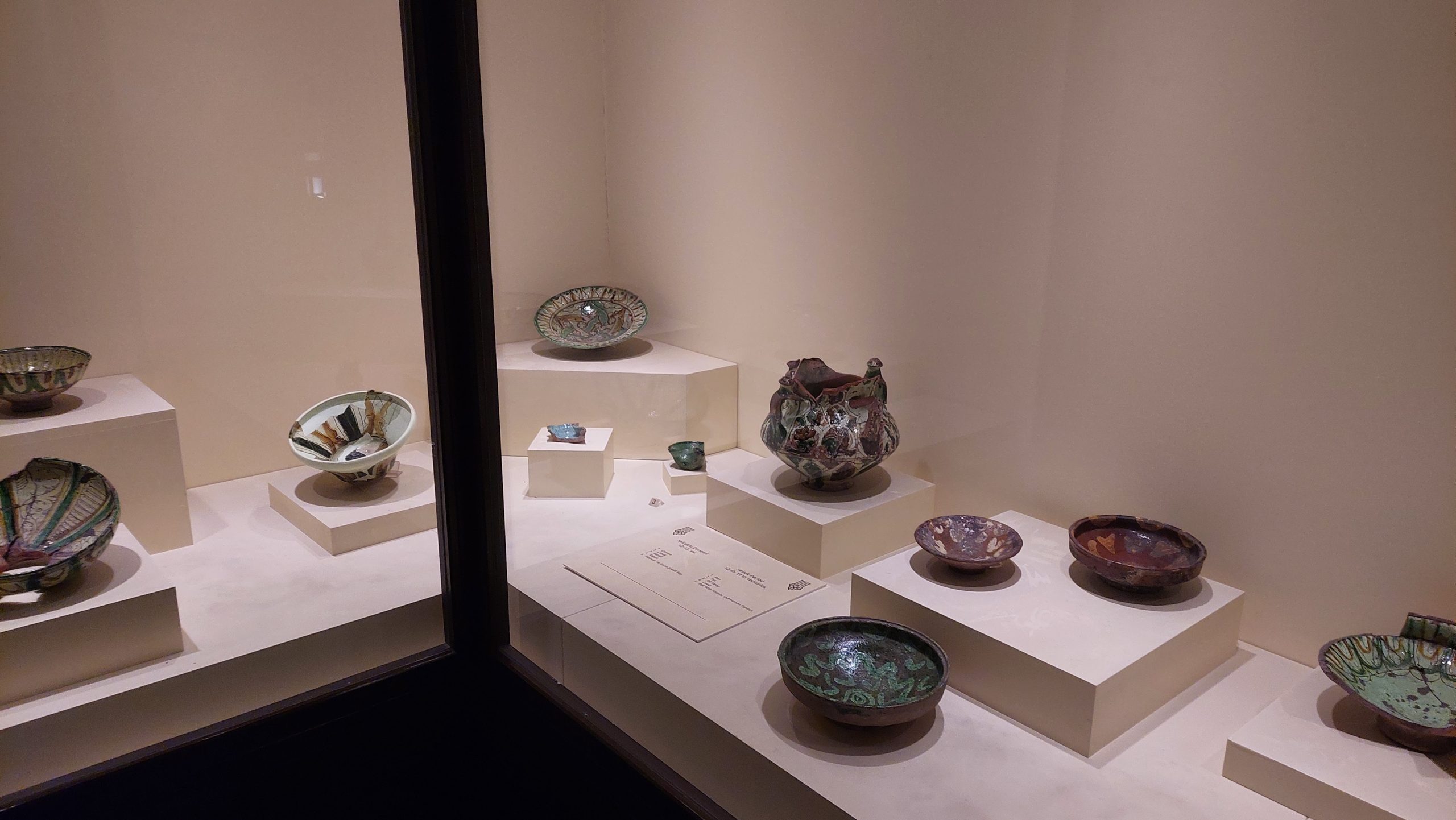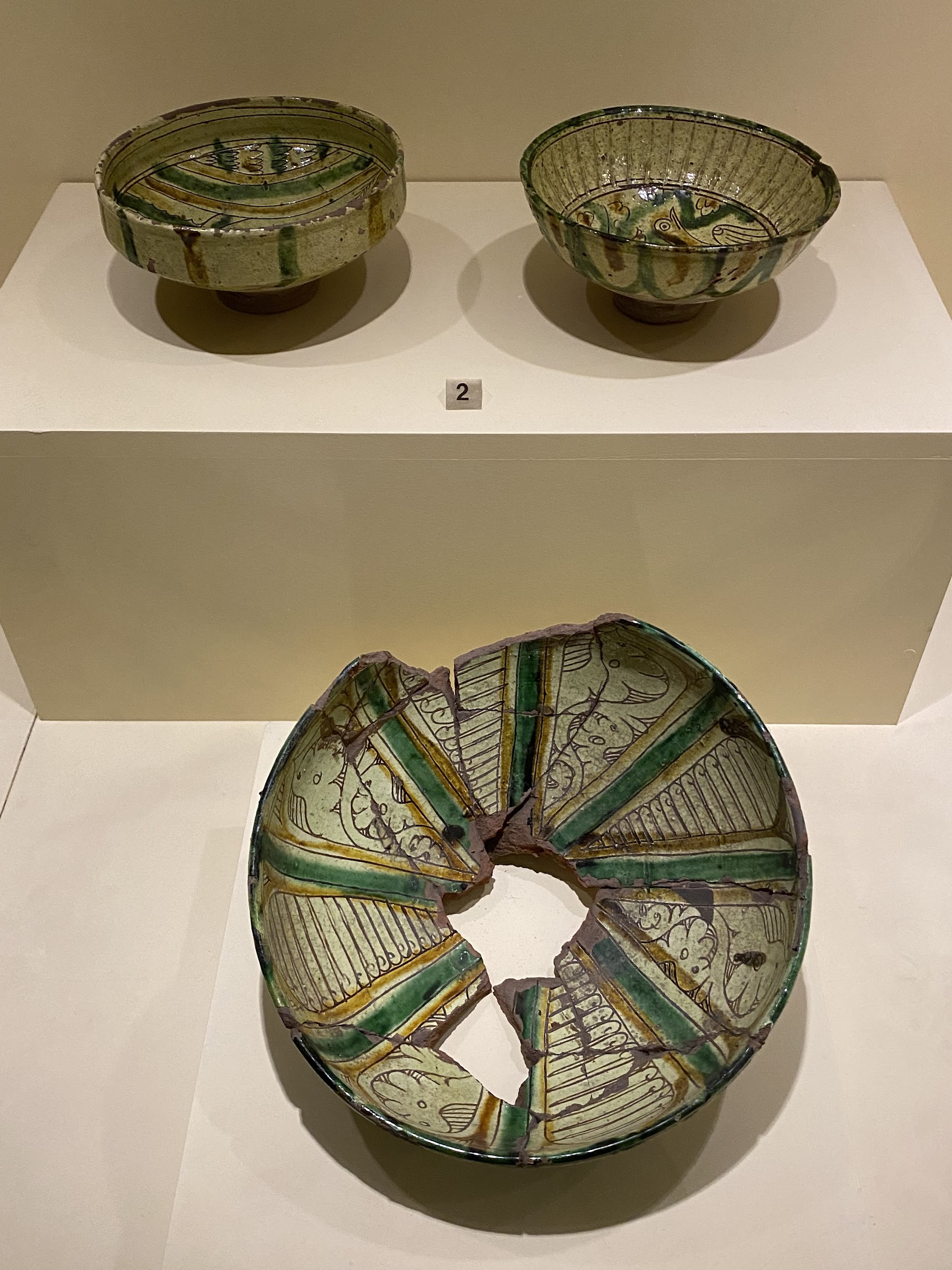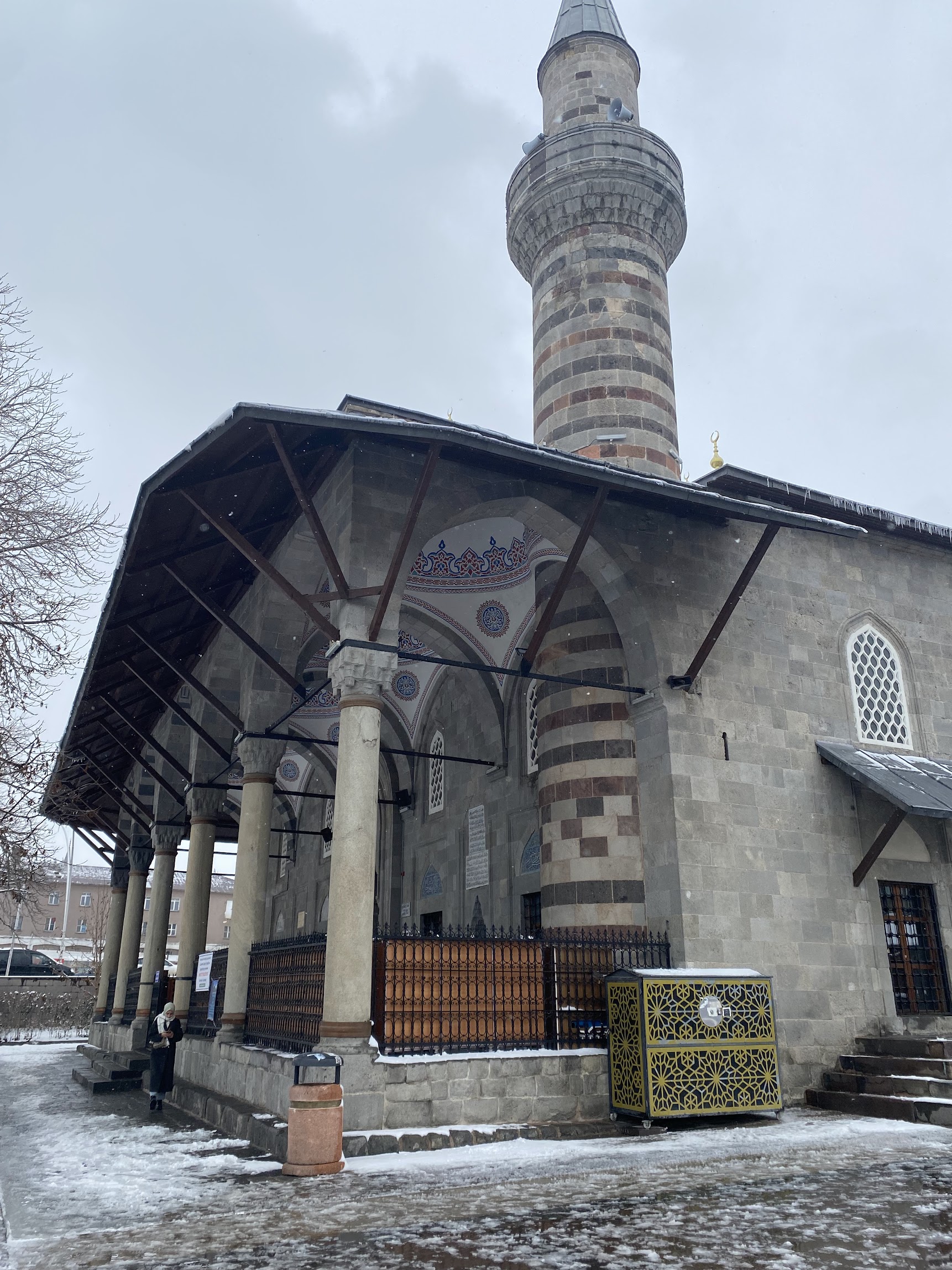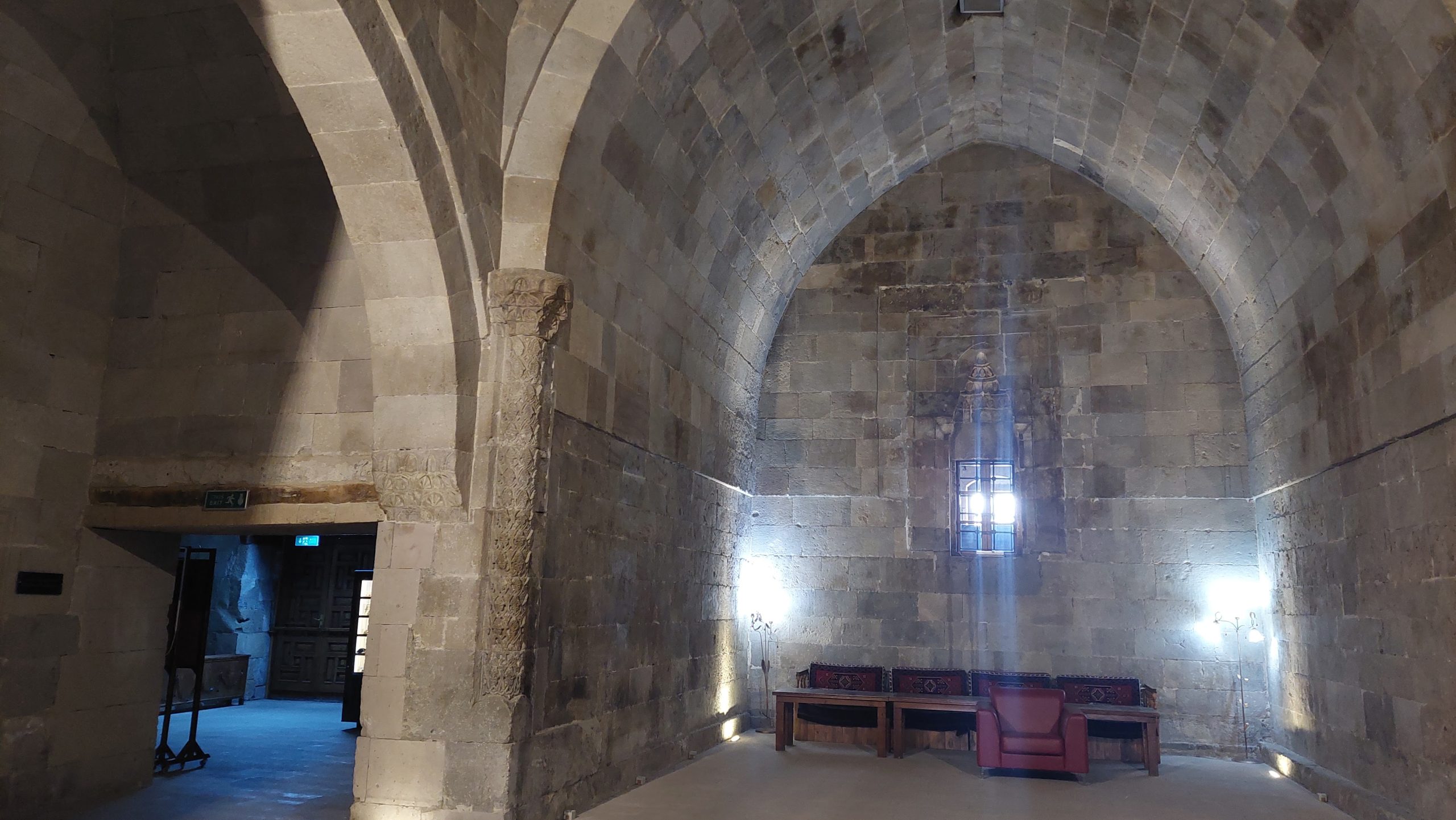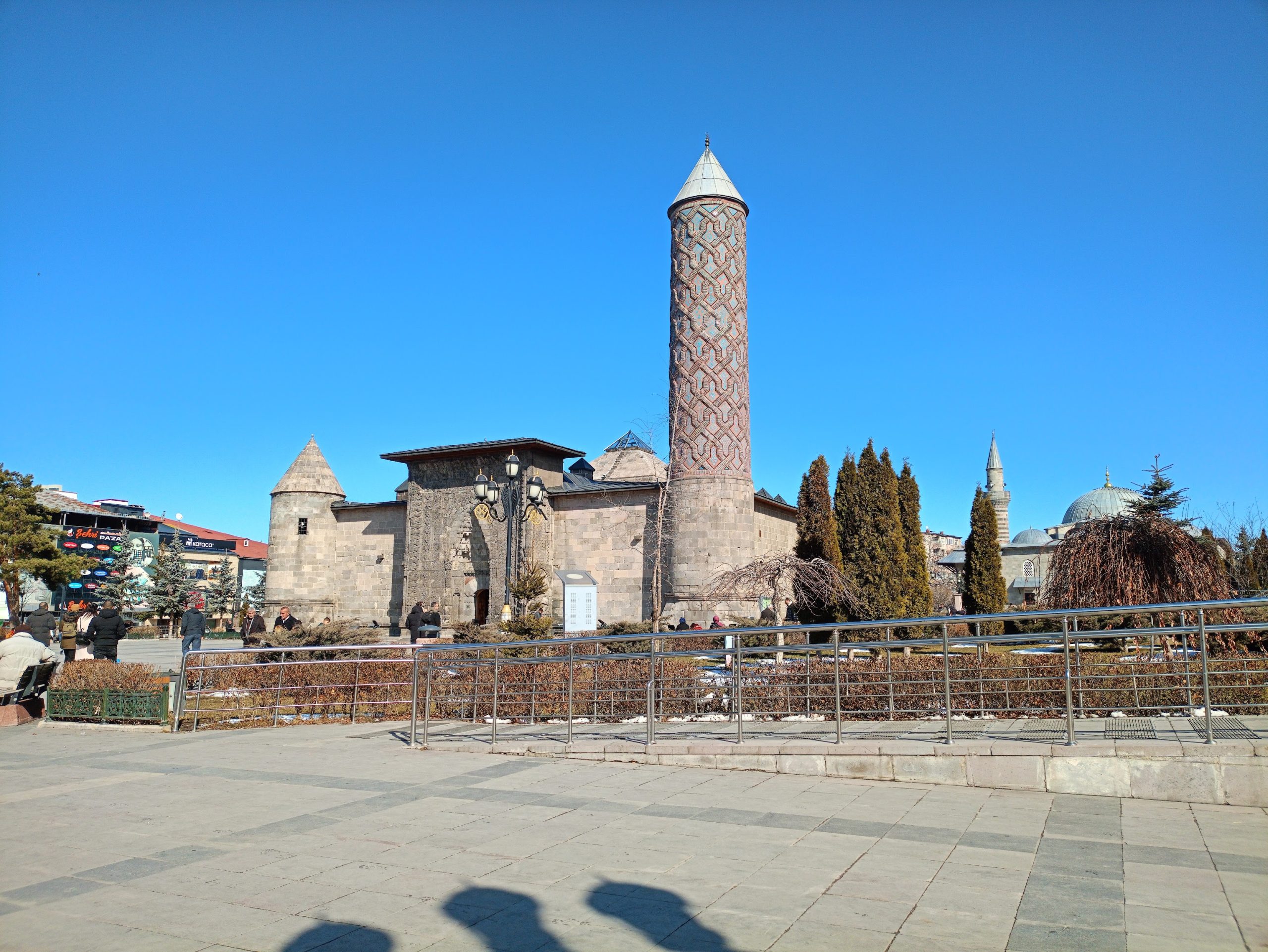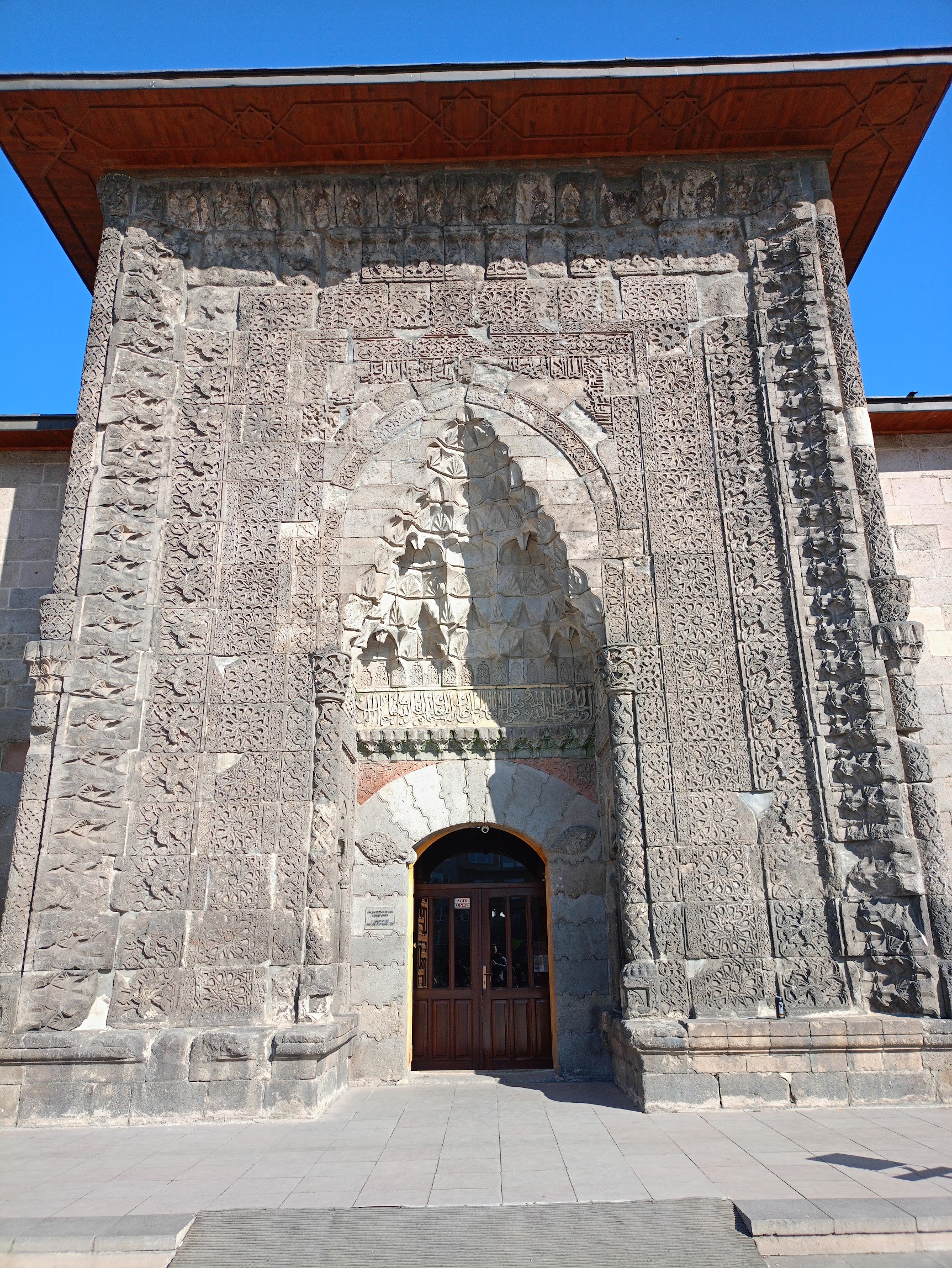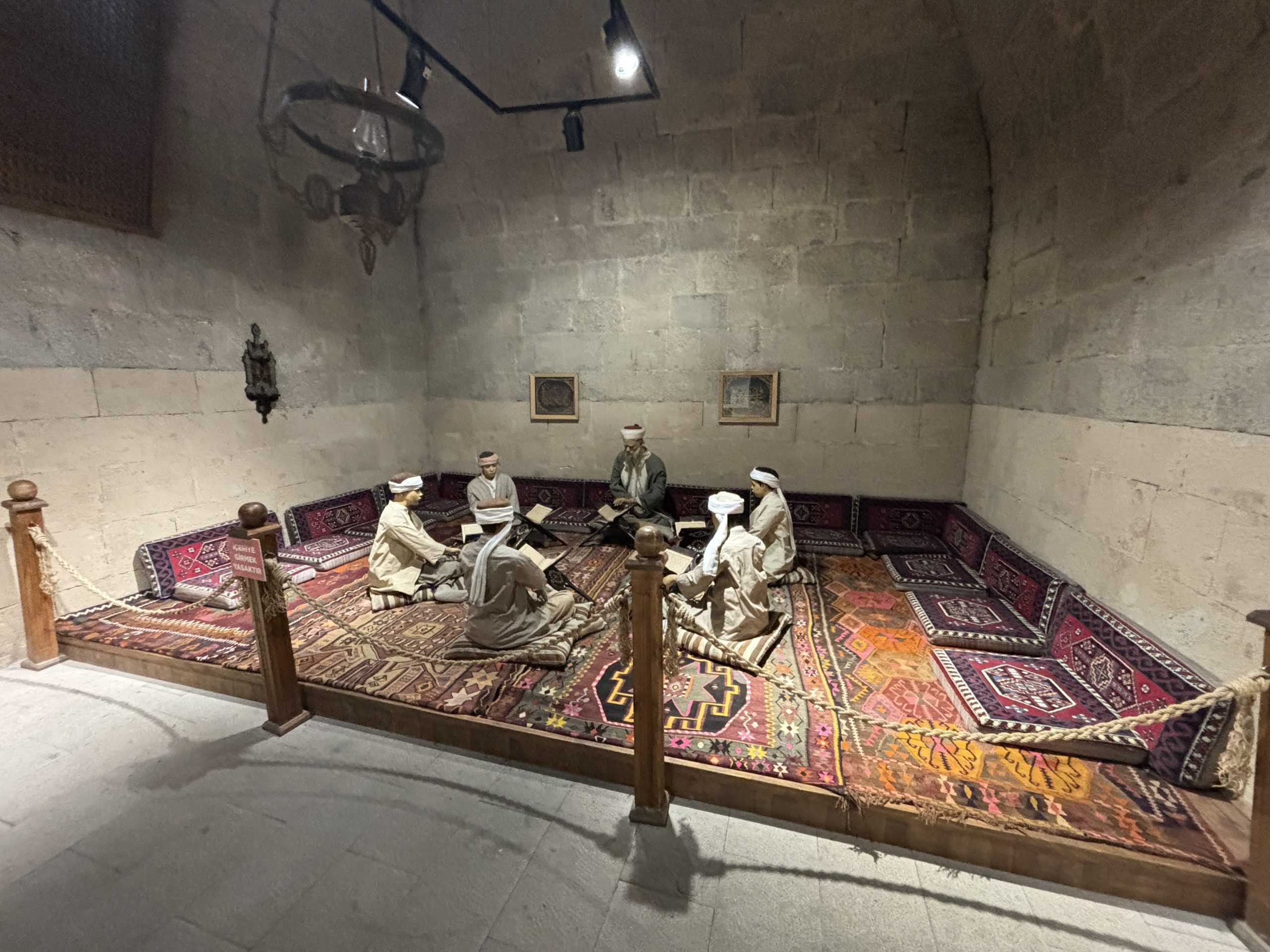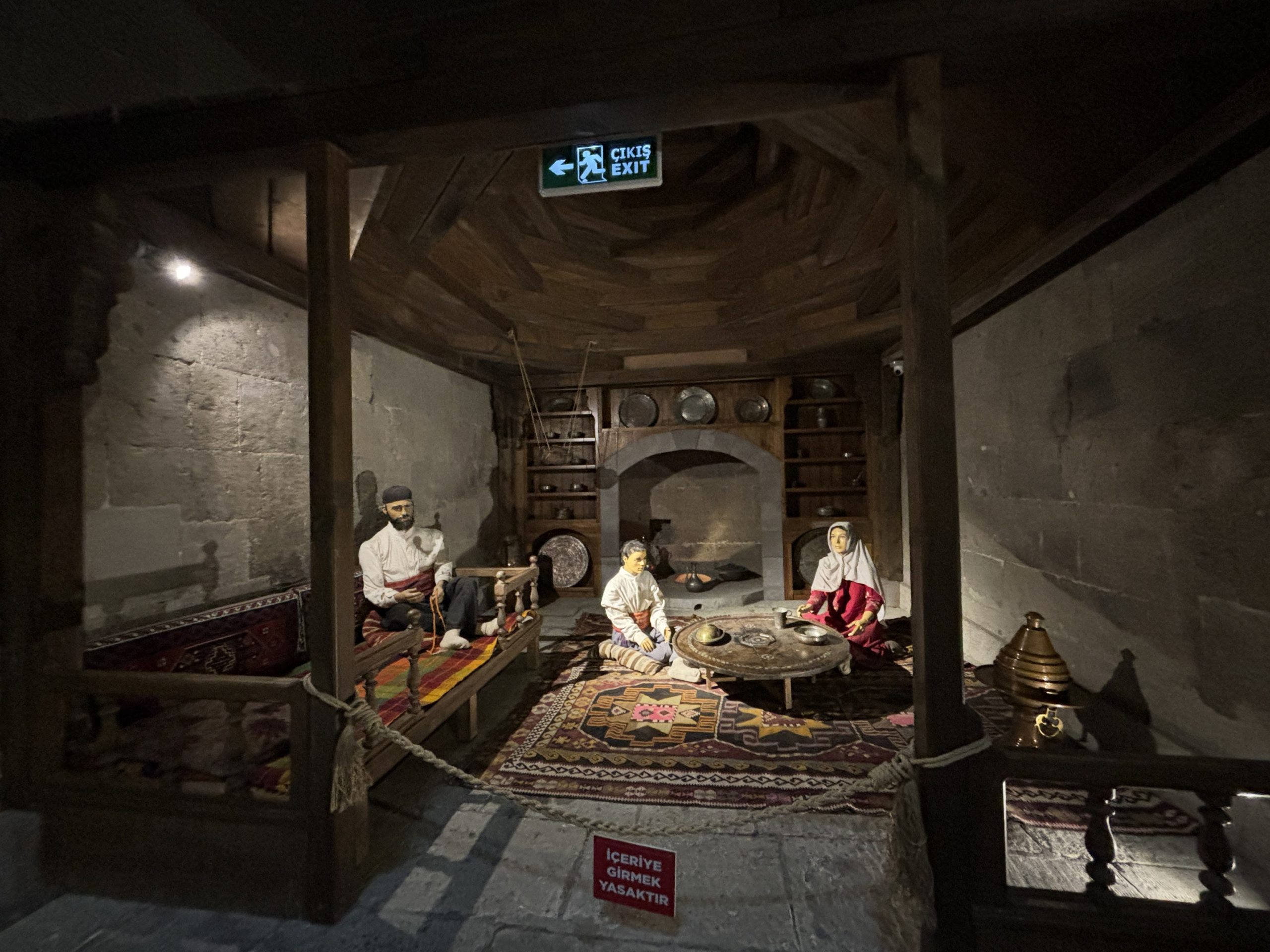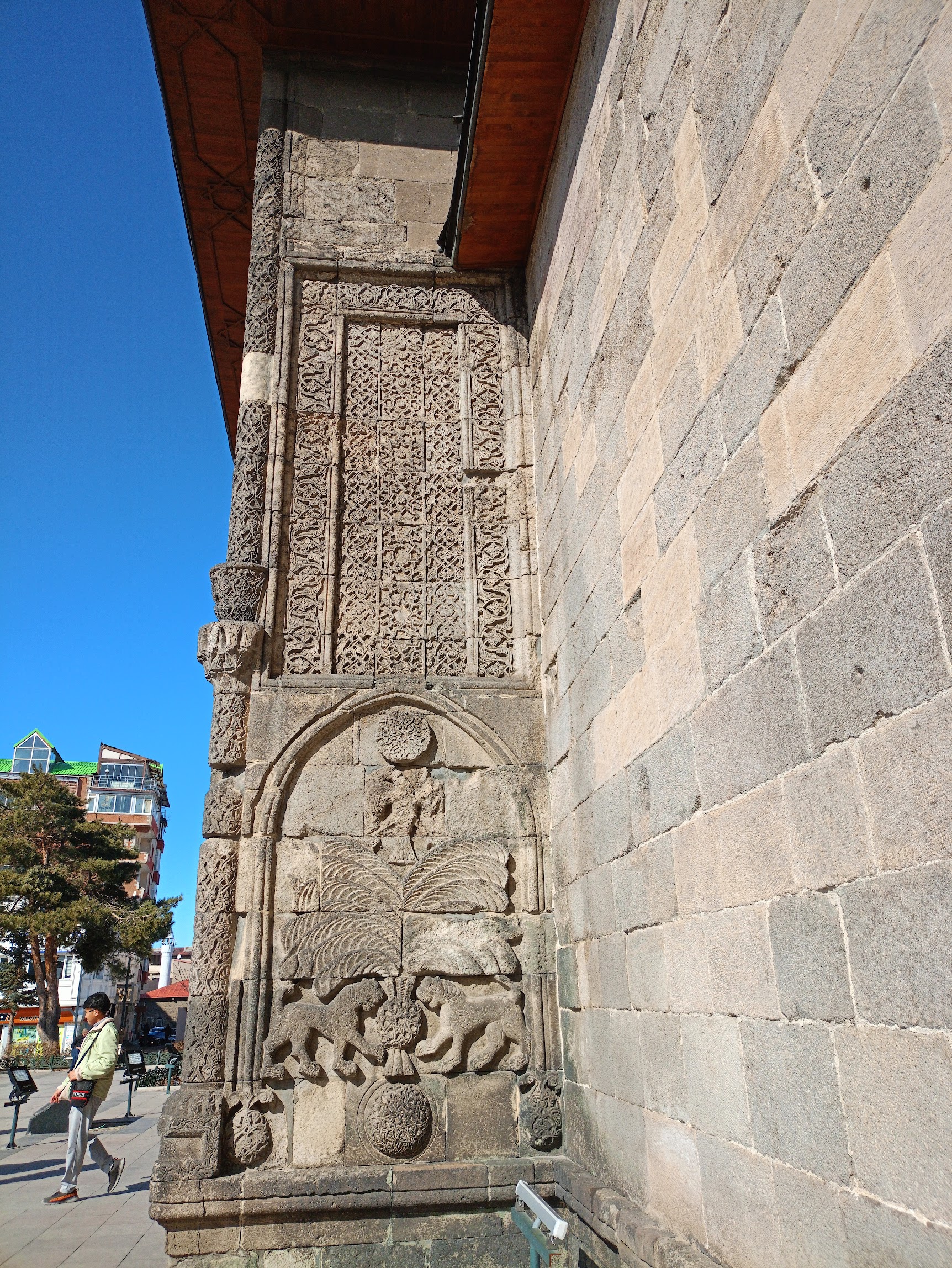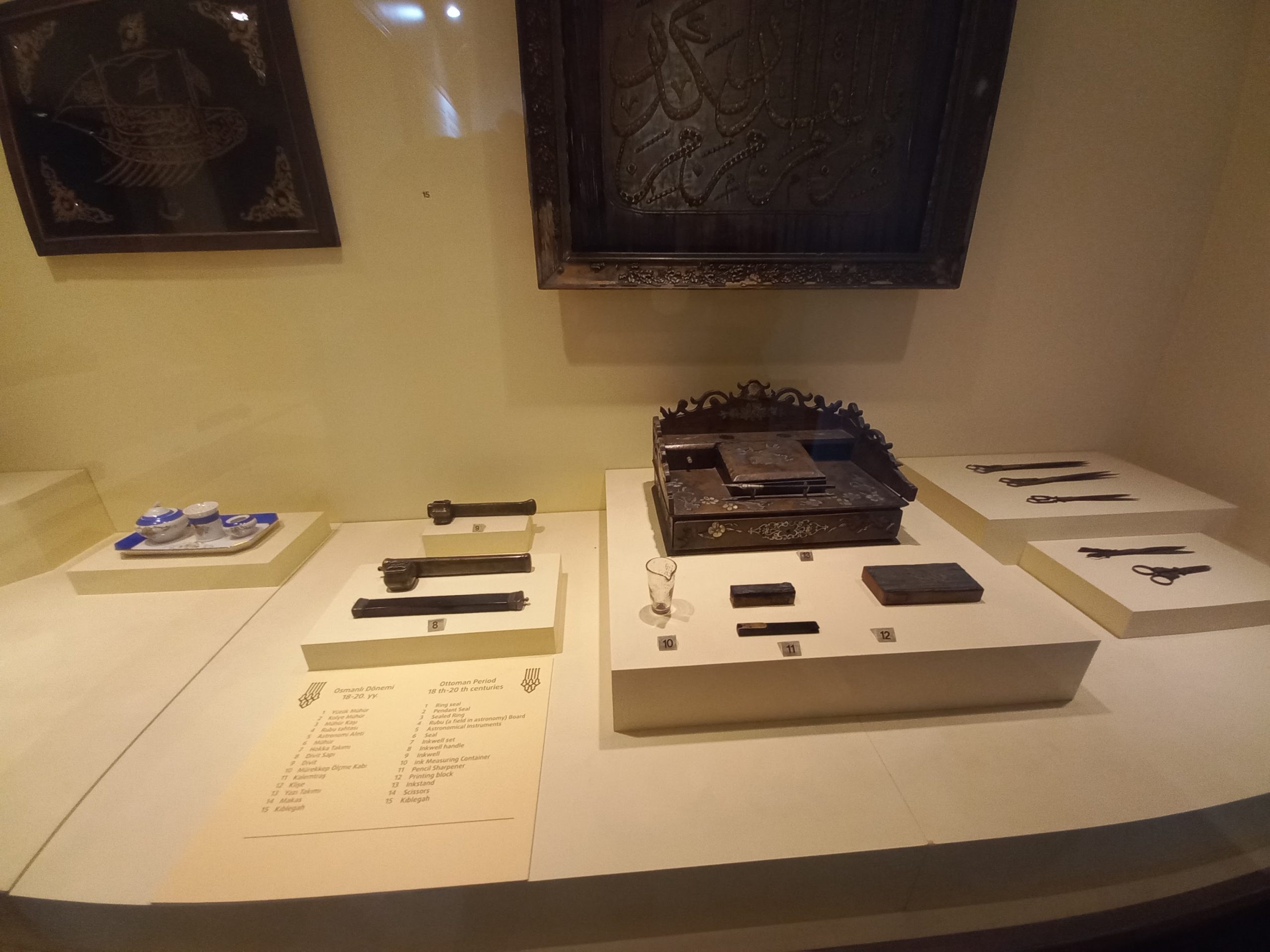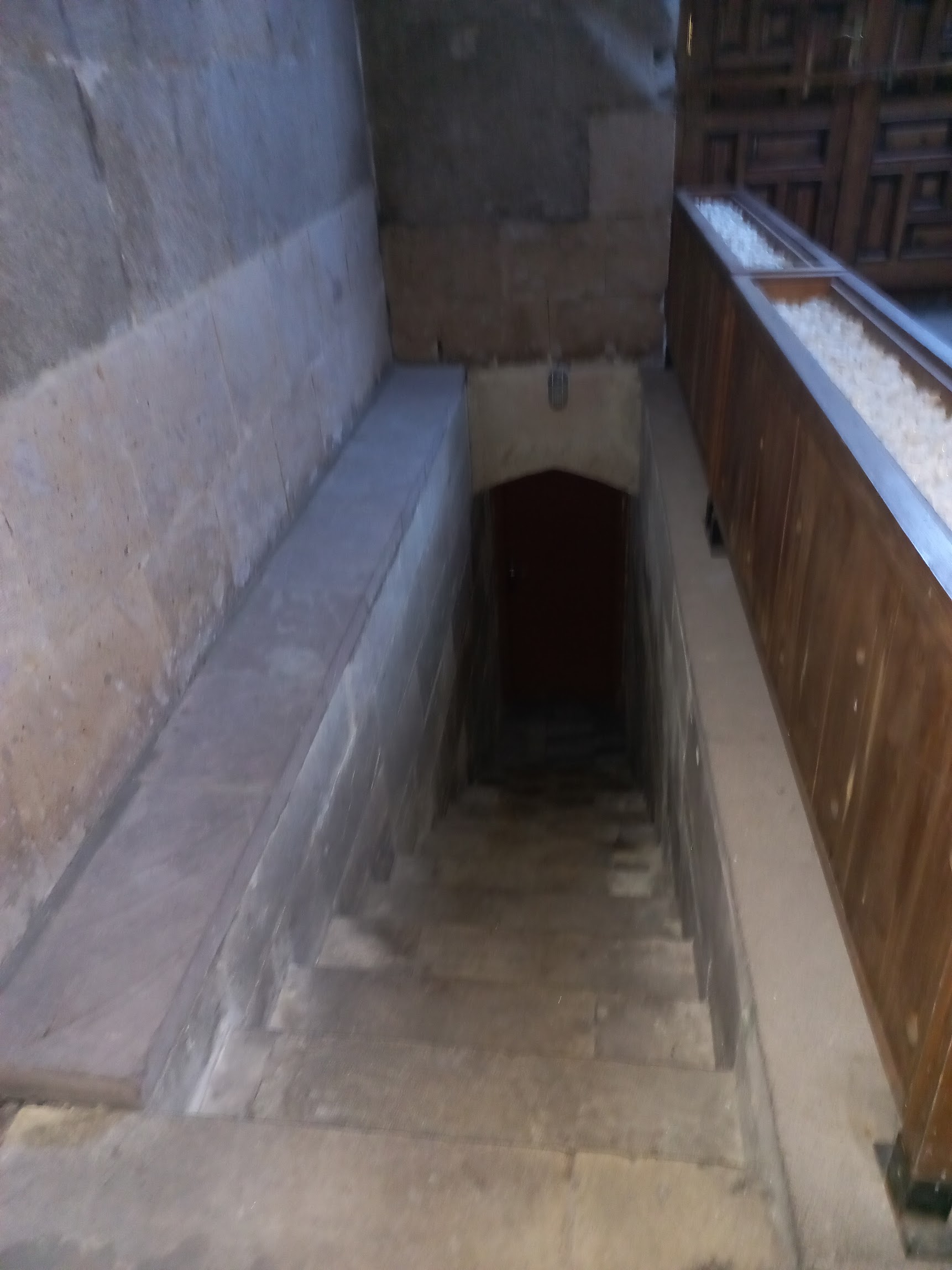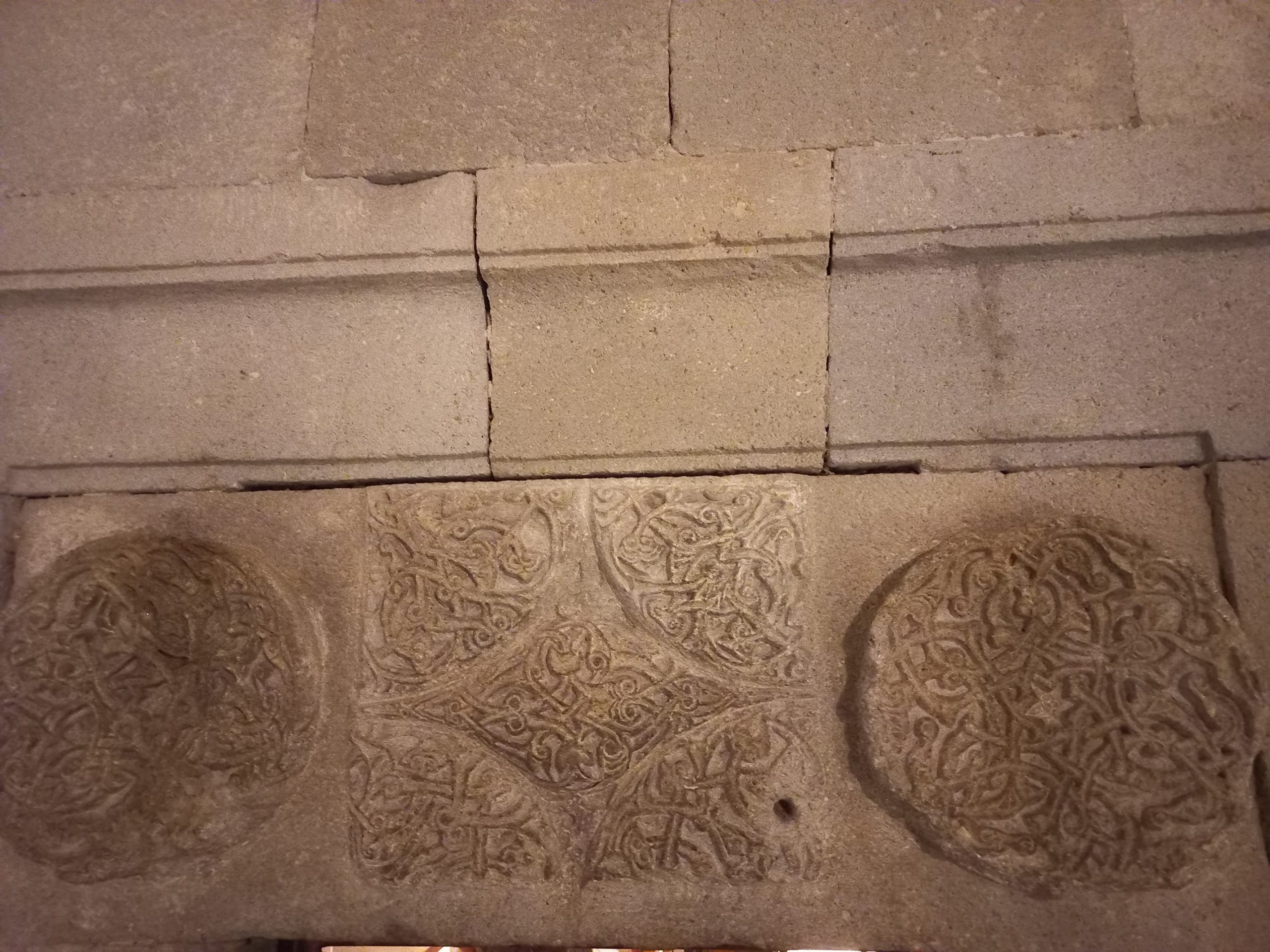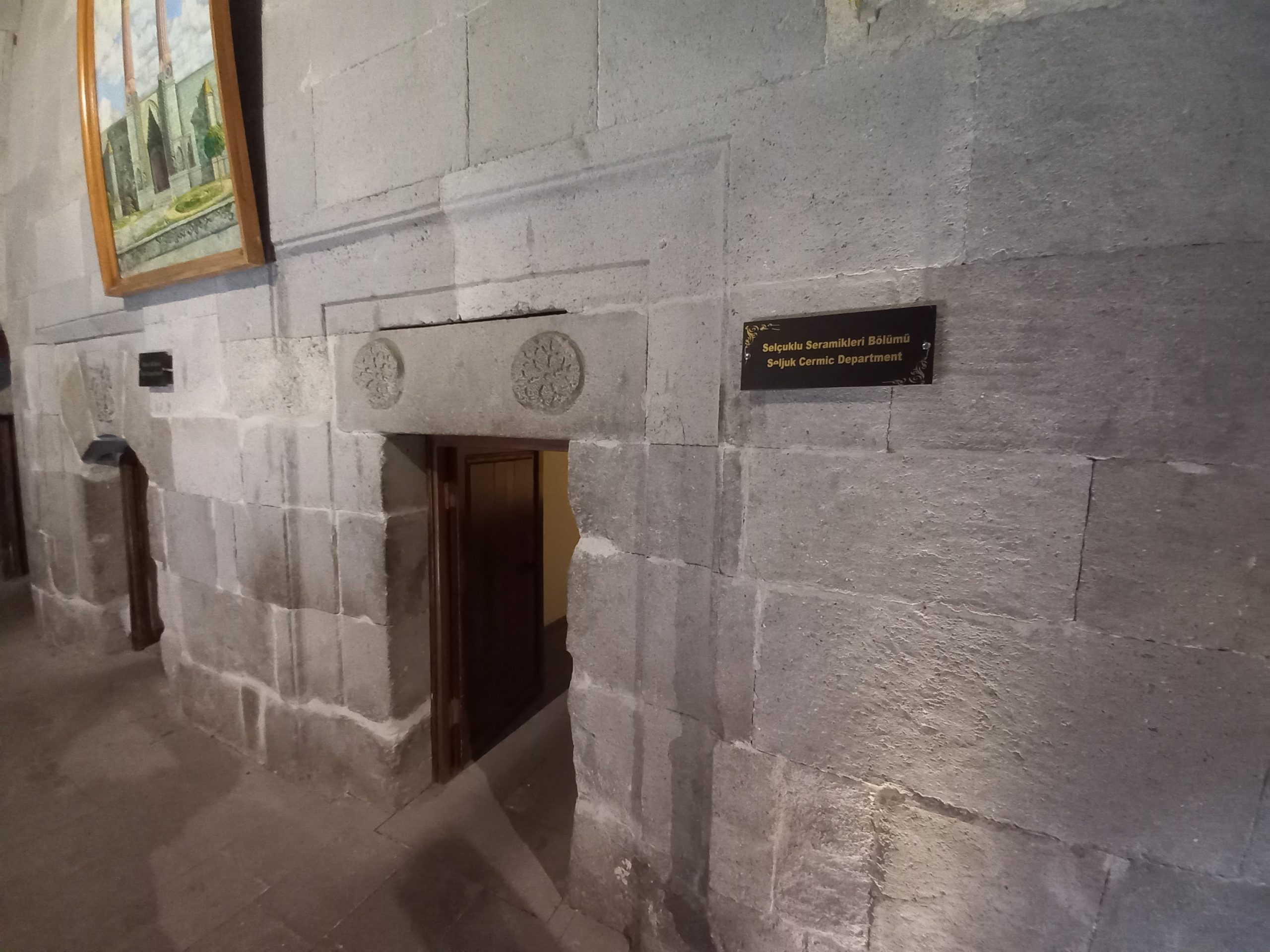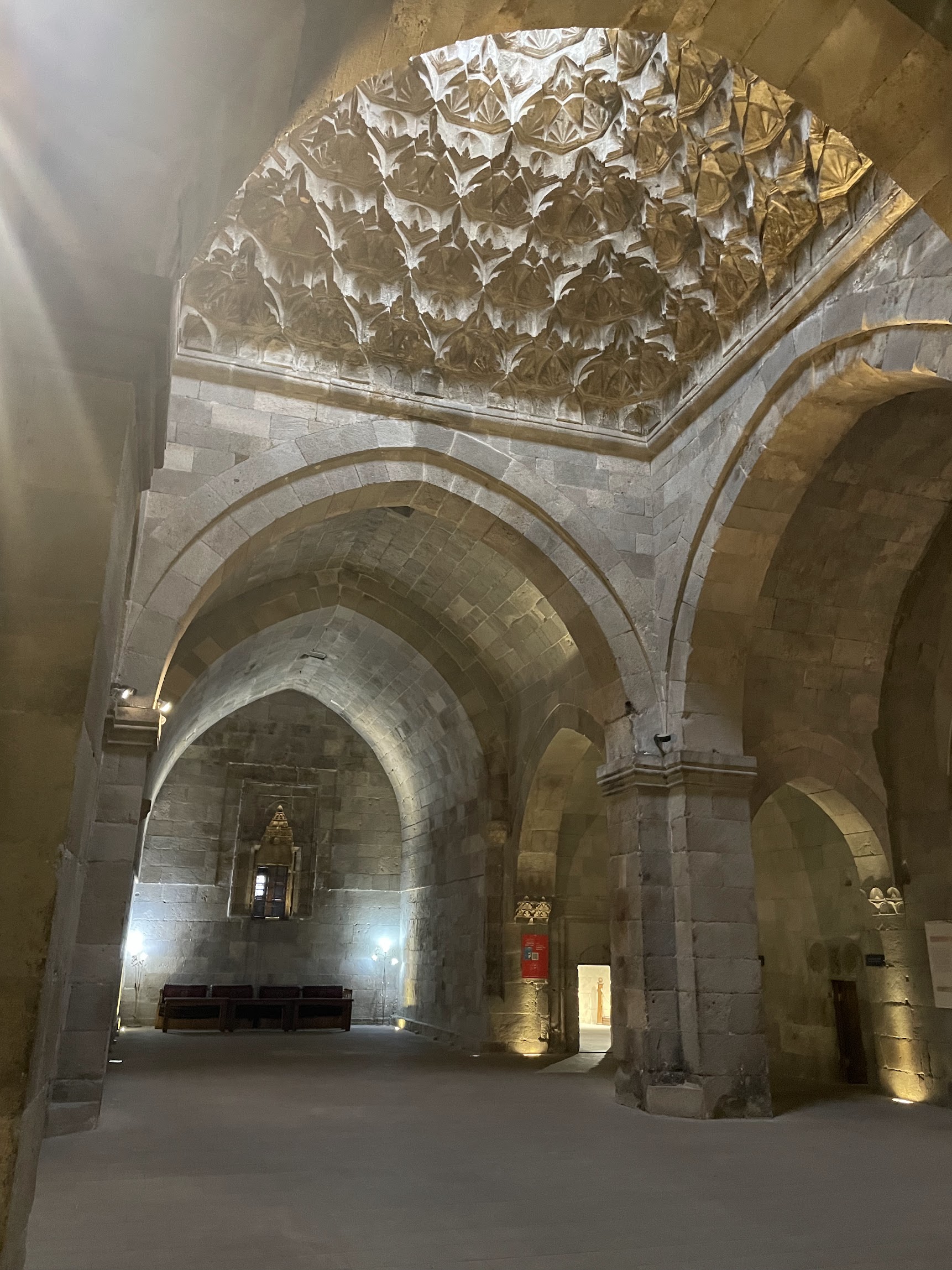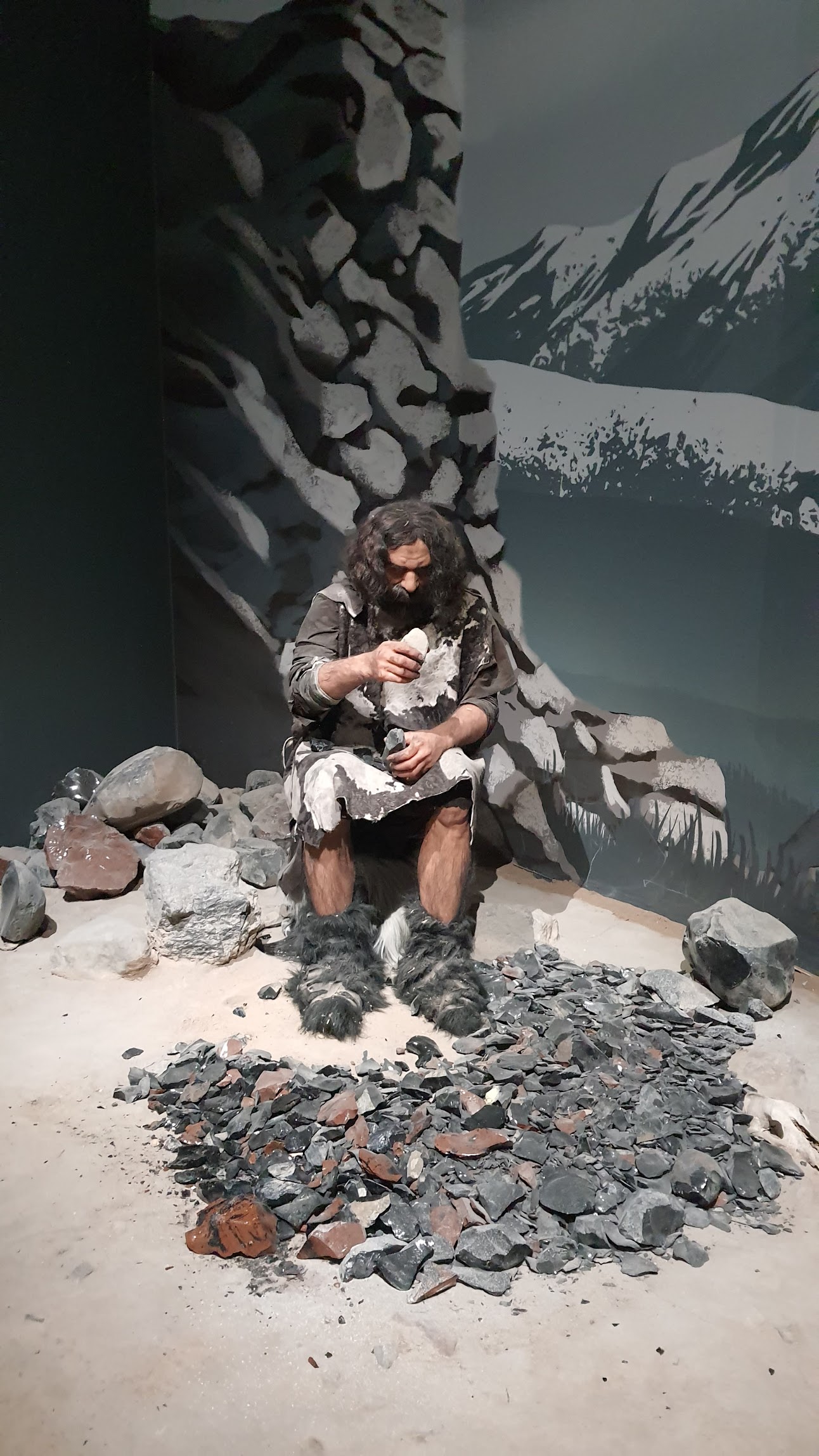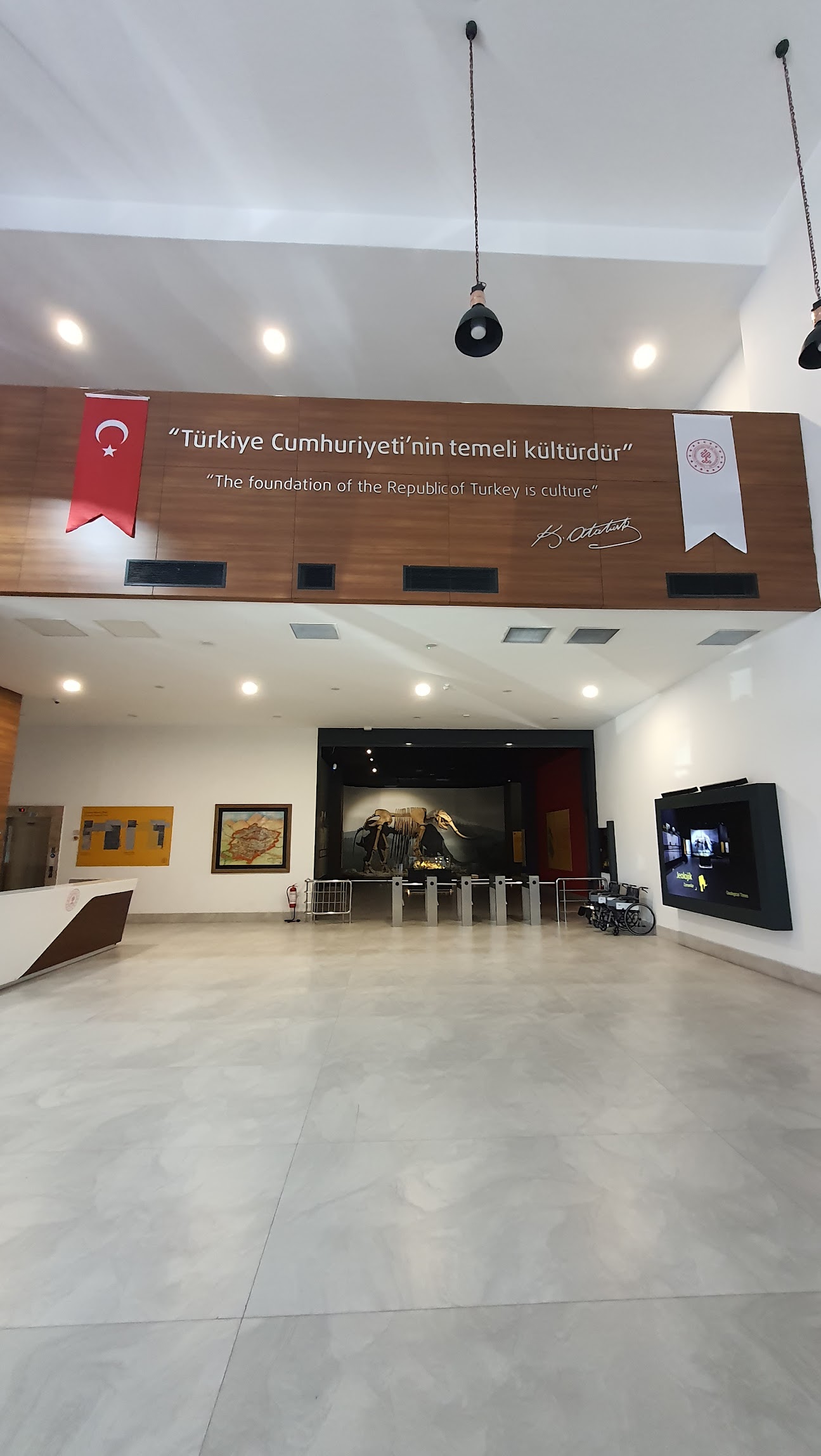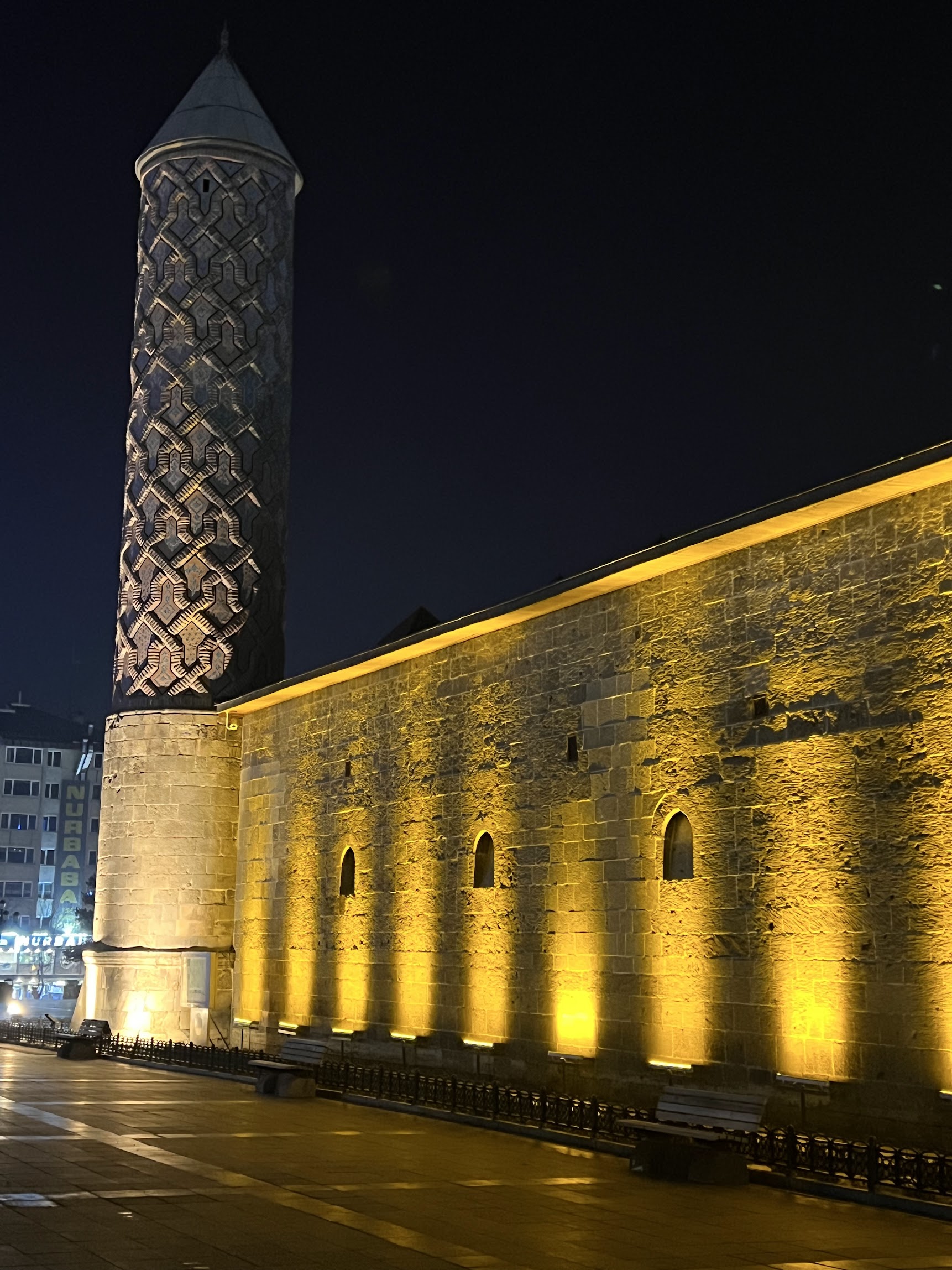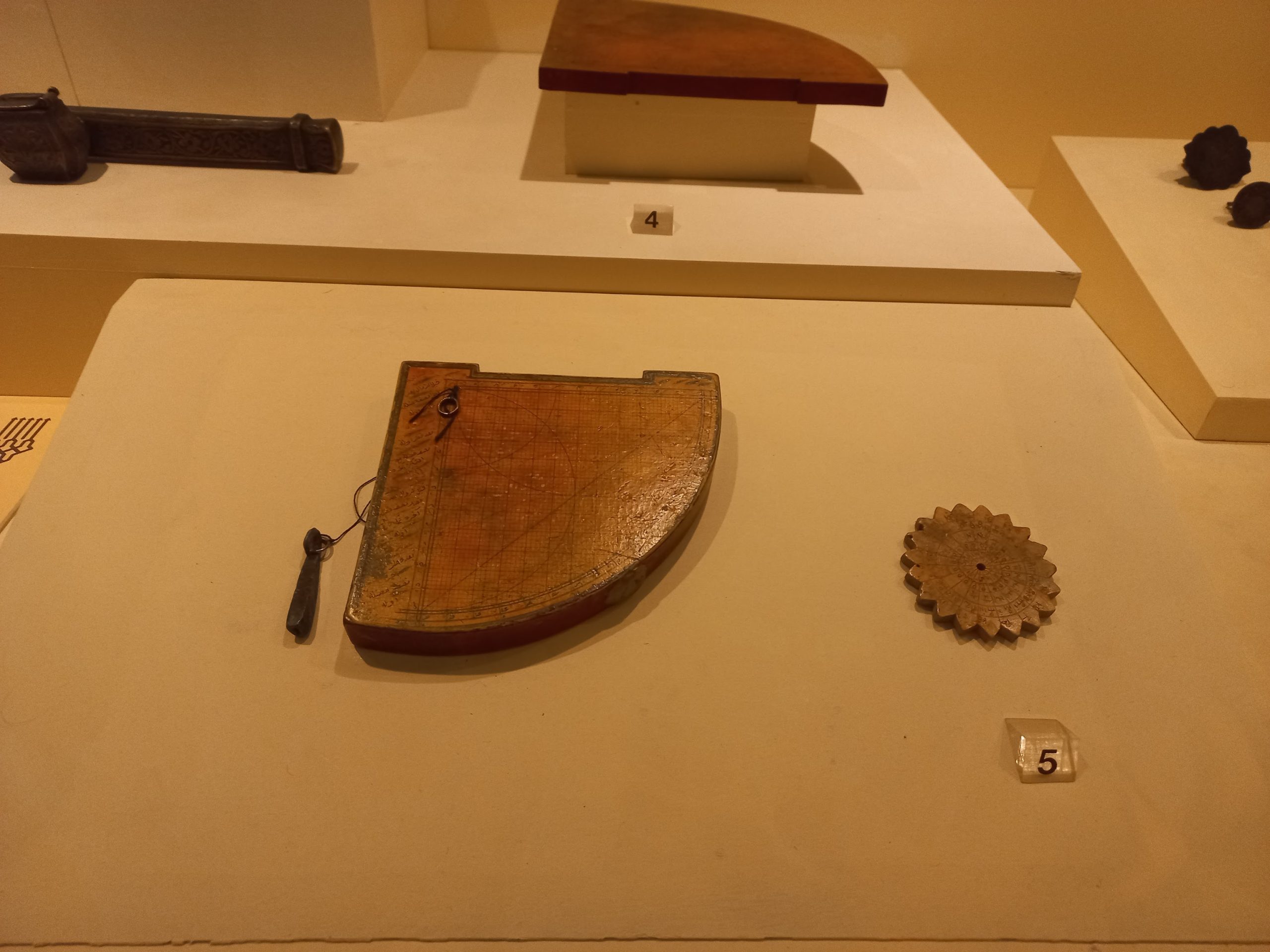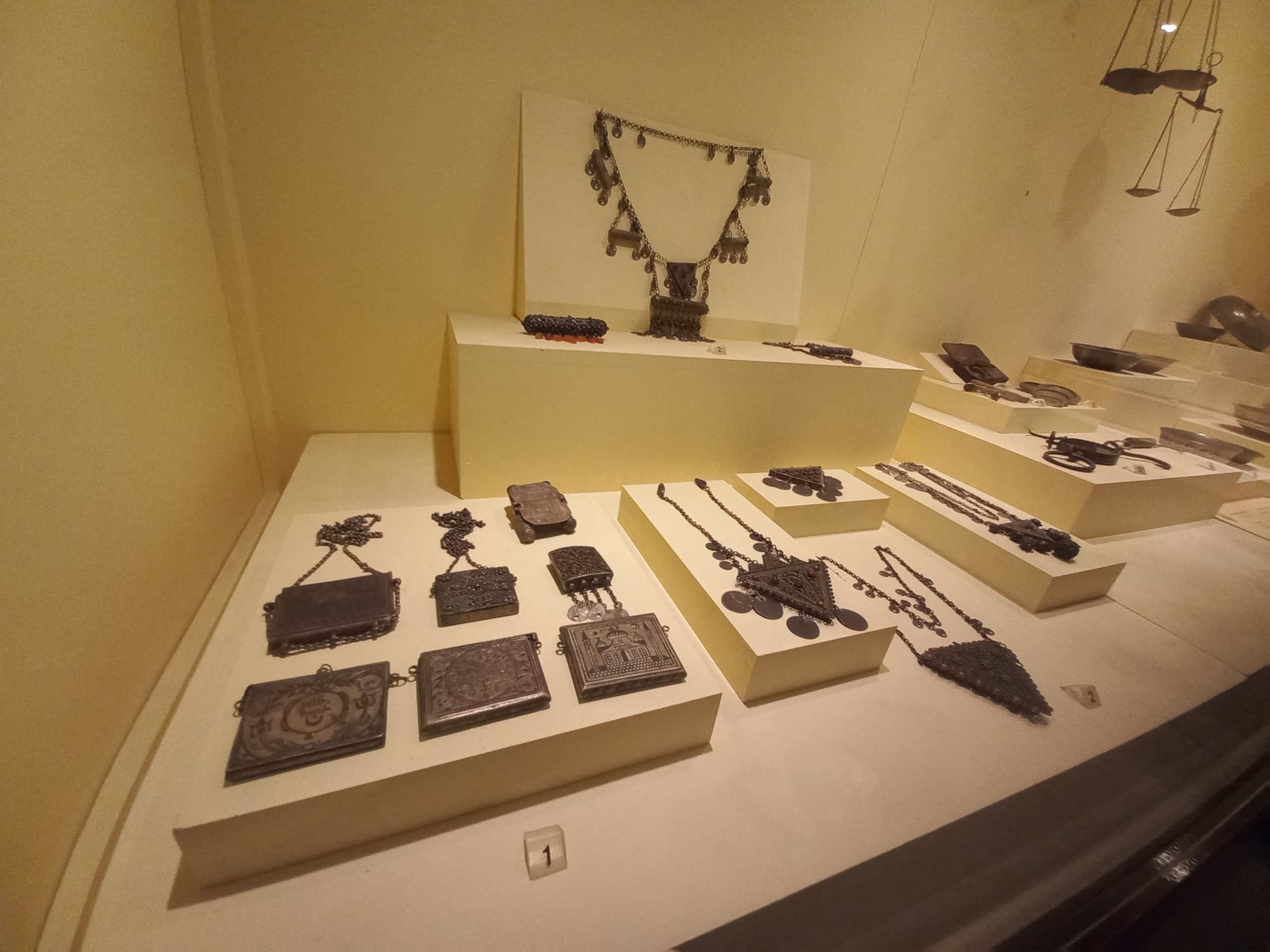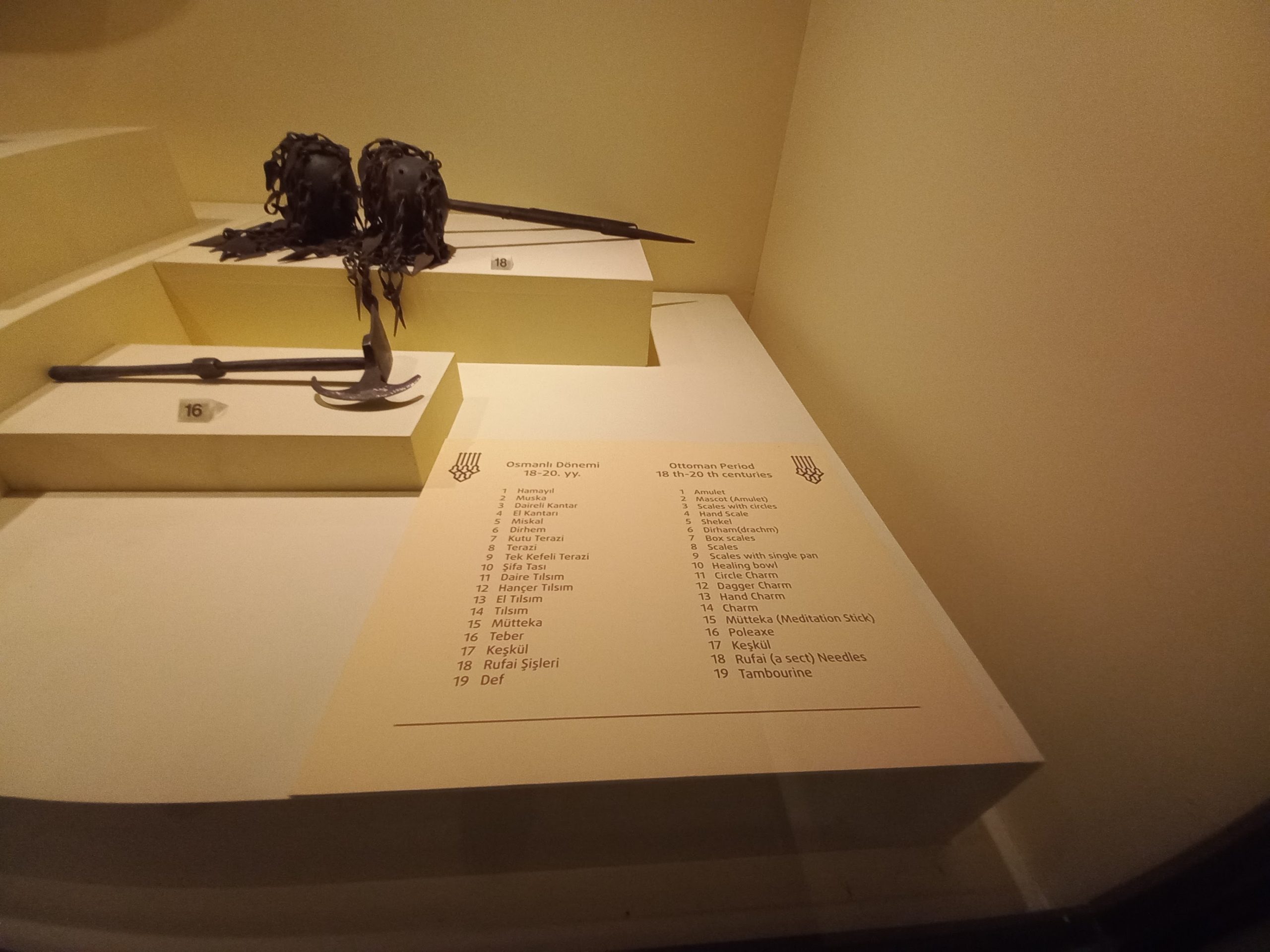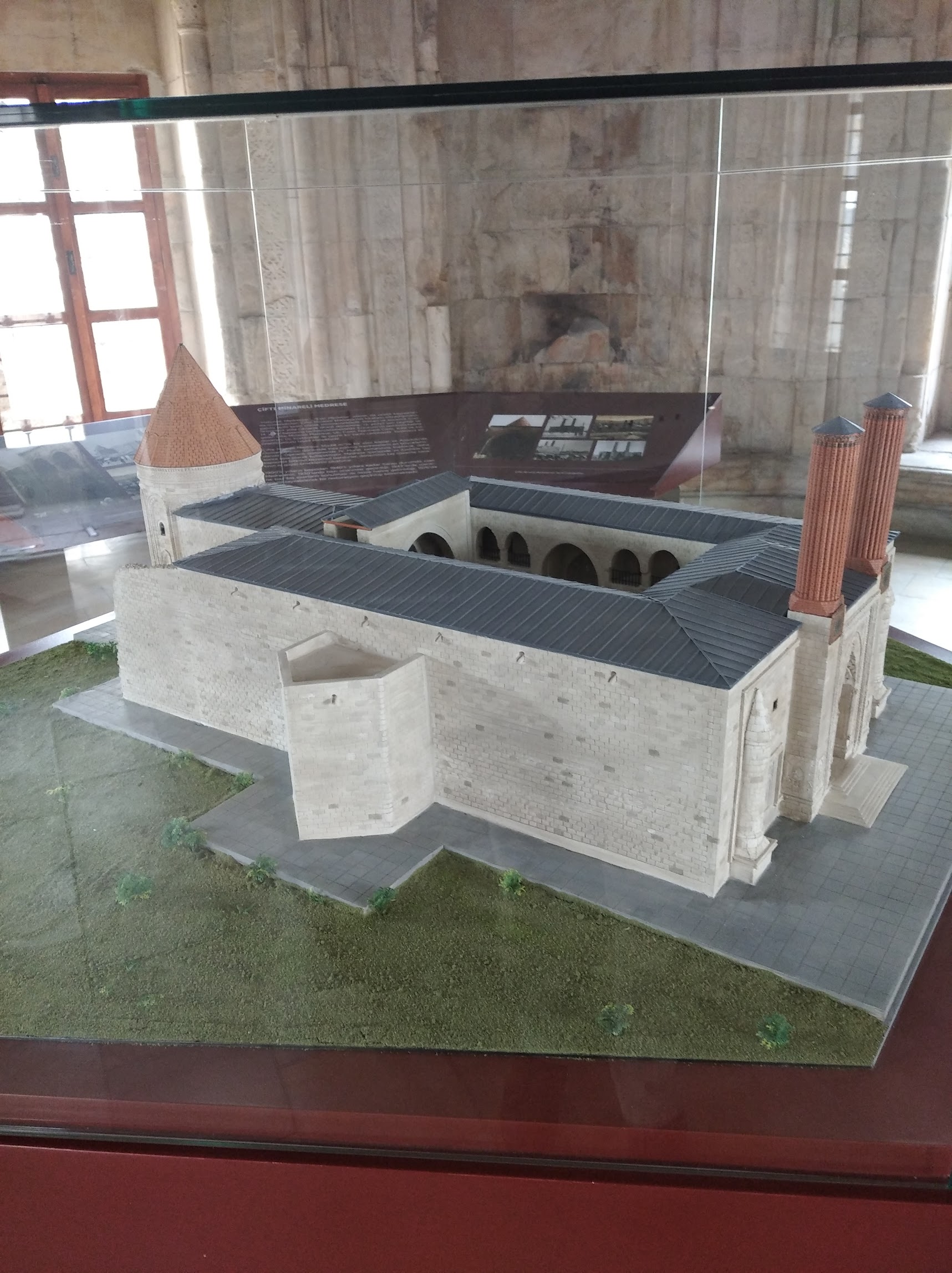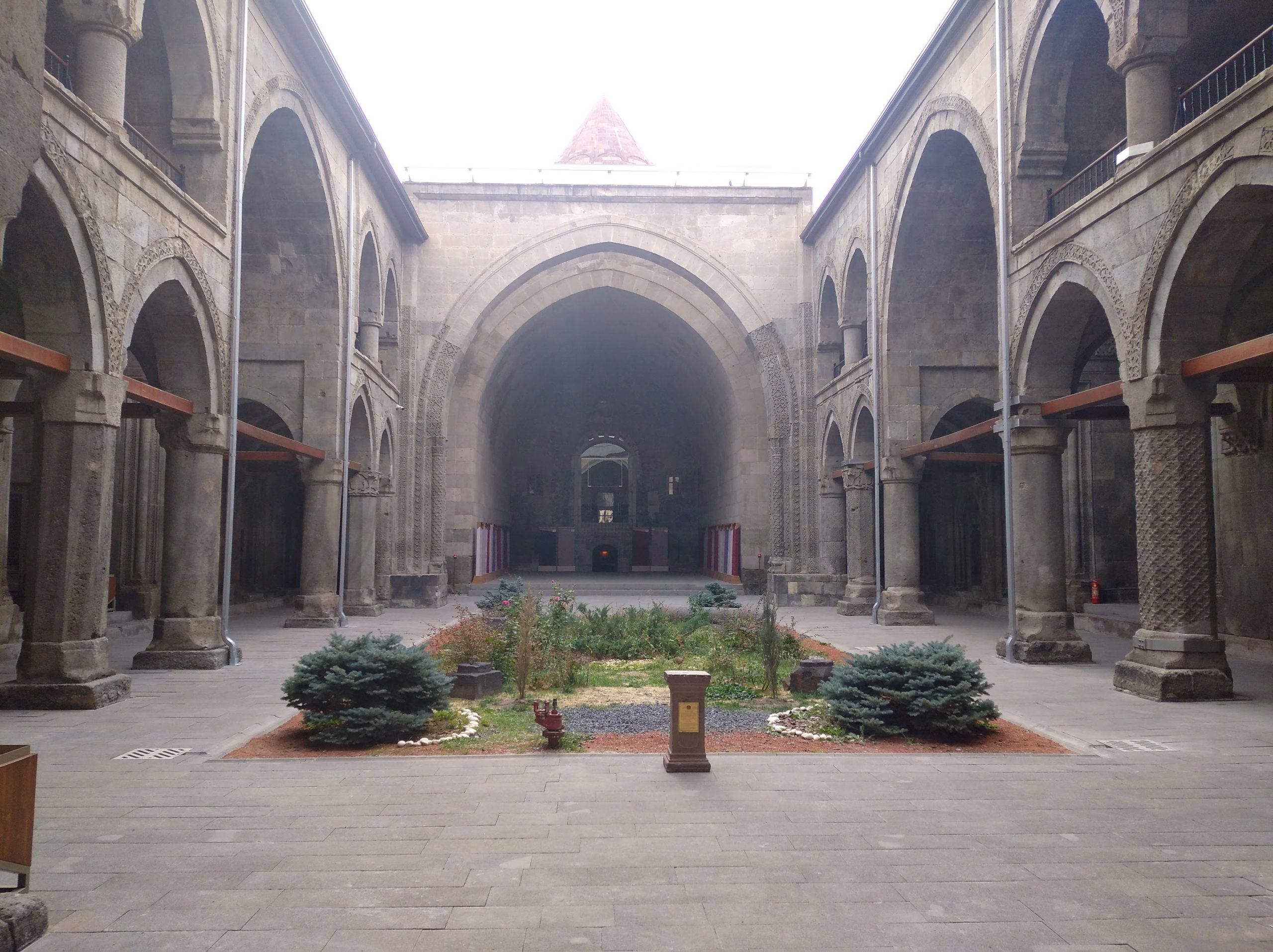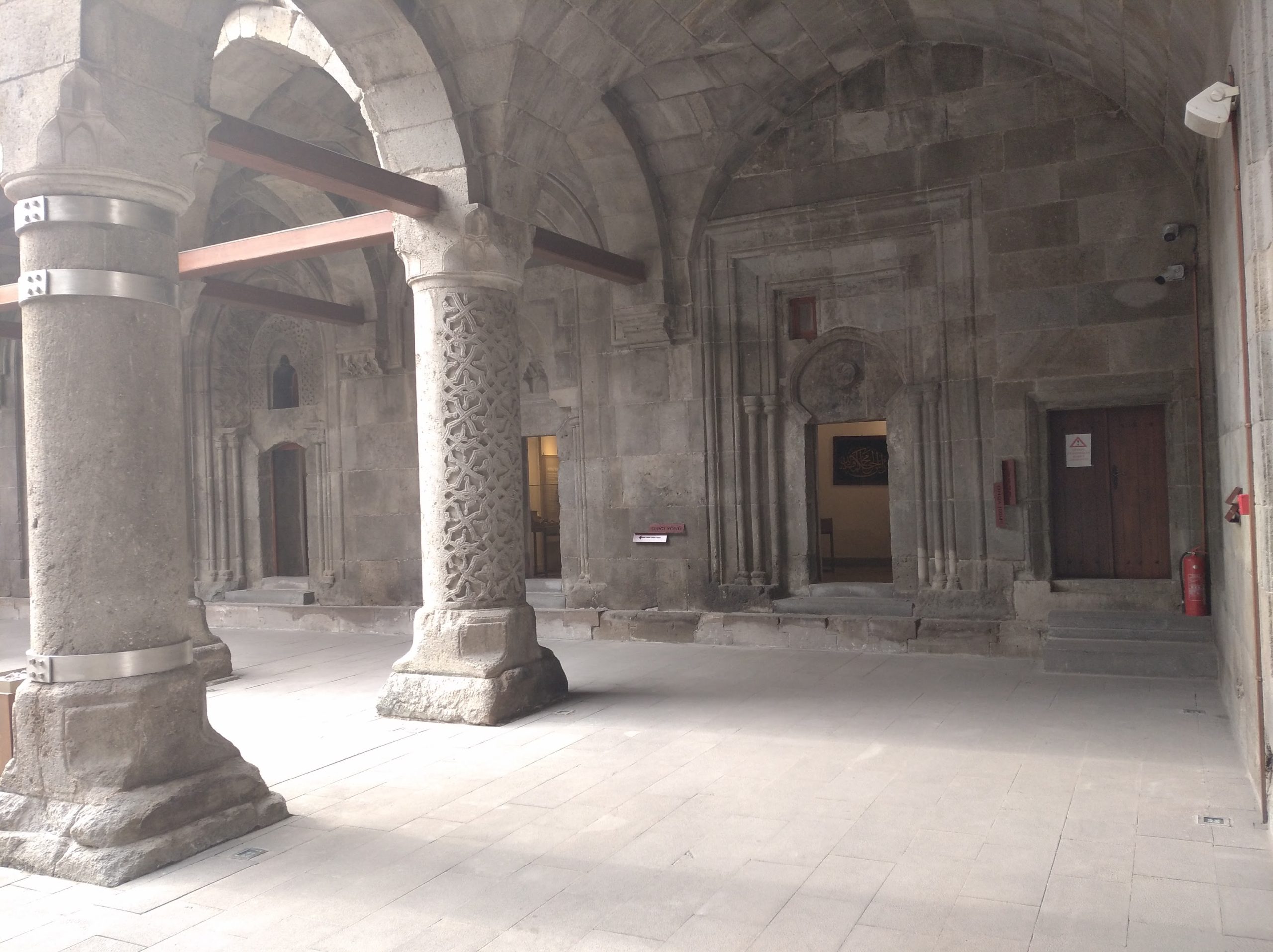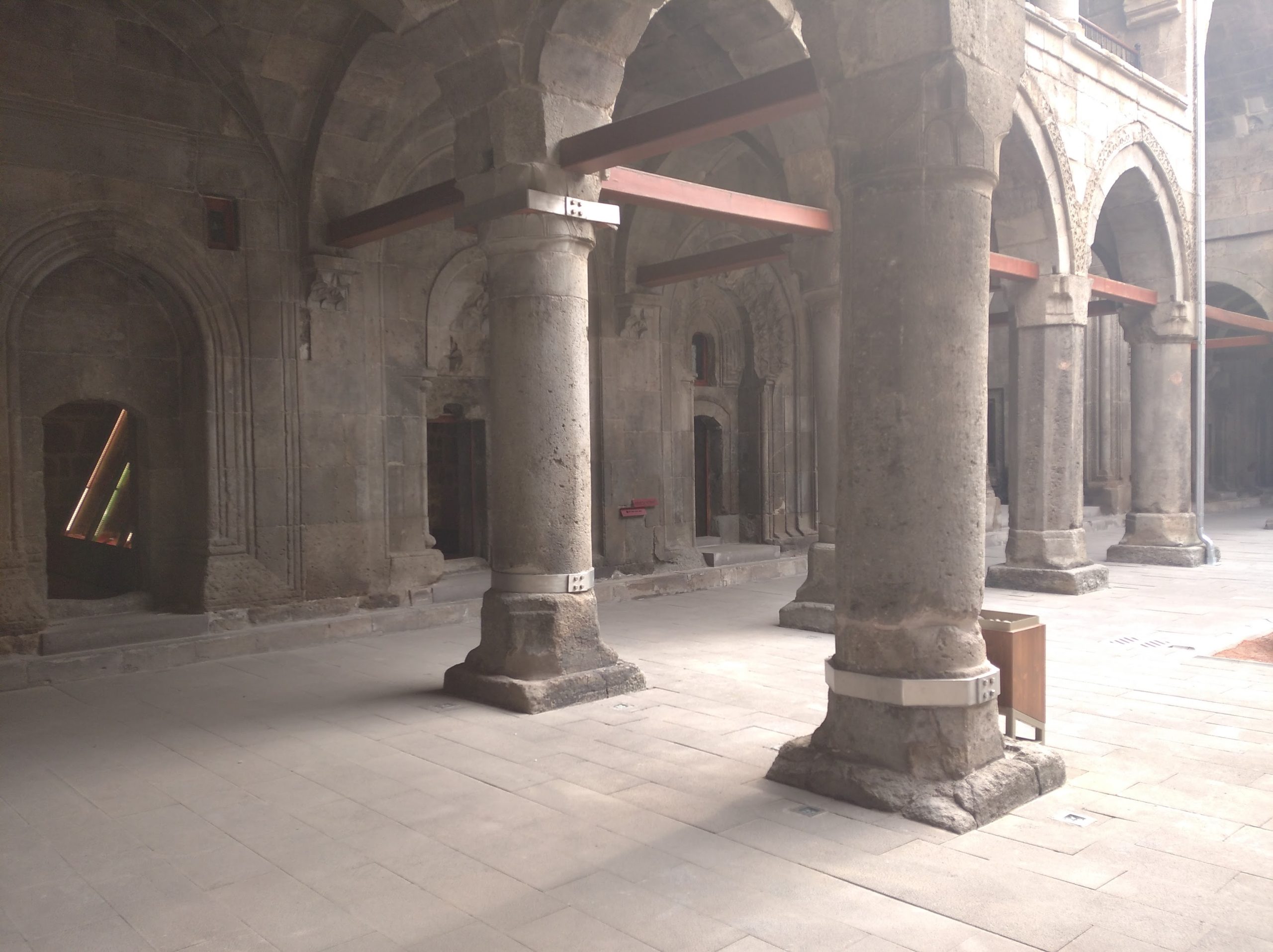Yakutiye Madrasa was built by Hoca Yakut Gazani in 1310, in the name of Gazan Khan and Bolugan Hatun, during the reign of the Ilkhanid ruler Sultan Olcayto. Yakutiye Madrasa, the largest of the madrasahs with closed courtyards in Anatolia, is one of the most spectacular buildings in Erzurum with its plan layout, balanced architecture and large motif decorations.
The crown gate of the building protrudes from the facade. The middle part of the rectangular courtyard, located in the interior with four iwans, is covered with a muqarnas dome and the other parts are covered with pointed arched barrel vaults. On the side faces of the crown door, leopard and eagle motifs in niches surrounded by molding arches attract attention. The tree of life, consisting of palm leaves emerging from an openwork sphere, two leopards and eagle figures, brings together the important symbols of the Central Asian Turks. The decorations covering all sides of the low-arched and carved crown door create a magnificent appearance.
The tomb built adjacent to the eastern wall of Yakutiye Madrasah was made of brick. The building, which has three windows, is covered with a cone. Six rooms with barrel vaults are lined up on the right and left sides of the courtyard. The room in the right corner also leads to the minaret. On the vault in the south, the endowment charter containing the names of the six villages dedicated to this madrasah was hung in Thuluth script on marble. The minaret, decorated with intertwined geometric motifs and tiles, gained a lively appearance with relief cords. One of the thick-bodied minarets located in the corners was demolished long ago or was never built. The base of this minaret is covered with a conical cone.



